Planetarium Shows
Planetarium Director: Kenneth L. Murphy, Ph.D.
Email: ken.murphy@smsu.edu
Phone: 507-537-6173
Science Dept. Office: 507-537-6178
Fax: 507-537-6151
Mailing Address:
SMSU Planetarium, SM 178
1501 State St.
Marshall, MN 56258
TO BOOK A SHOW, email the planetarium director ken.murphy@smsu.edu with the following information:
- Name of school or organization
- person arranging visit
- age of visitors
- head count
- mailing address
- phone number
- date and time you would like to visit (you may want to pick more than one date and time in order of preference)
Below you will see a list of Planetarium shows with descriptions. Your visit will consist of two parts: a multimedia program (from list below) and a live segment where we go over the current night sky. All shows run about an hour. If you have any special requests, let me know in advance and I will try to accommodate you. The cost of a weekday show is $80 with a maximum number of 56 visitors per show. Weekend shows run $150. There is no minimum group size, however the cost is the same. Weekend and evenings may entail an additional cost. The best time to request a show is on Mondays, Wednesdays, or Fridays from 8:30 a.m. - 2:30 p.m. If the time you request is not possible, I will suggest the closest possible date and time. If these times don't work, let me know, I will try to work something out. If you would like to schedule a laser show, indicate so in your email.
To book a tour of the SMSU Museum of Natural History and/or the SMSU Greenhouse, inquire in your email message. During the warmer months, we also have nature trails in our wildlife area on campus (see map).
Planetarium Show List
Click on a show below to view the show description.
A Teenager's Guide to the Galaxy
Age Group: 6th grade and up
Duration:
30 minutes
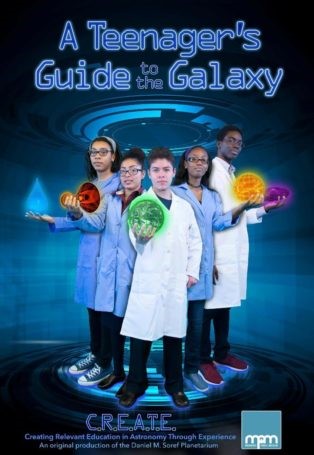
Description:
Created and hosted by cosmically curious teenagers from urban Milwaukee schools, this unique cosmic experience will take you on a dynamic journey across the universe and through time. Explore the origins and fate of the universe, black holes and our Sun. Witness stunning full dome animations video scripted, story boarded and narrated by our inspiring young adults.
Bad Astronomy: Myths and Misconceptions
Age Group: 8th grade to adult
Duration:
40 minutes
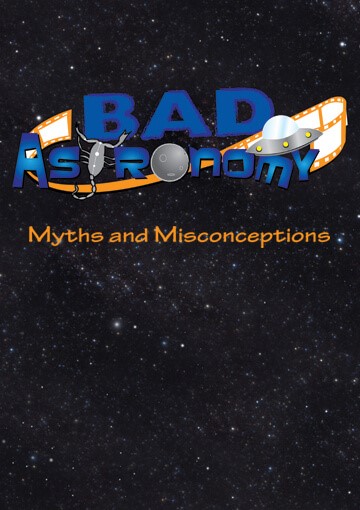
Description:
Were the Apollo visits to the Moon actually a hoax? Have aliens landed on Earth? Can you tell your future by the stars? Are movies like Star Wars and Star Trek realistic? Prepare to debunk and tackle these misconceptions head-on with the planetarium show Bad Astronomy: Myths and Misconceptions. Based on the popular book and website of the same name, Bad Astronomy offers a unique and fun approach to learning about the cosmos. Join the "Bad Astronomer" Phil Plait as he takes a critical look at popular myths and misconceptions to show audiences how science can be used to evaluate questionable claims.
Big Astronomy
Age Group: ages 10 and up
Duration:
28 minutes
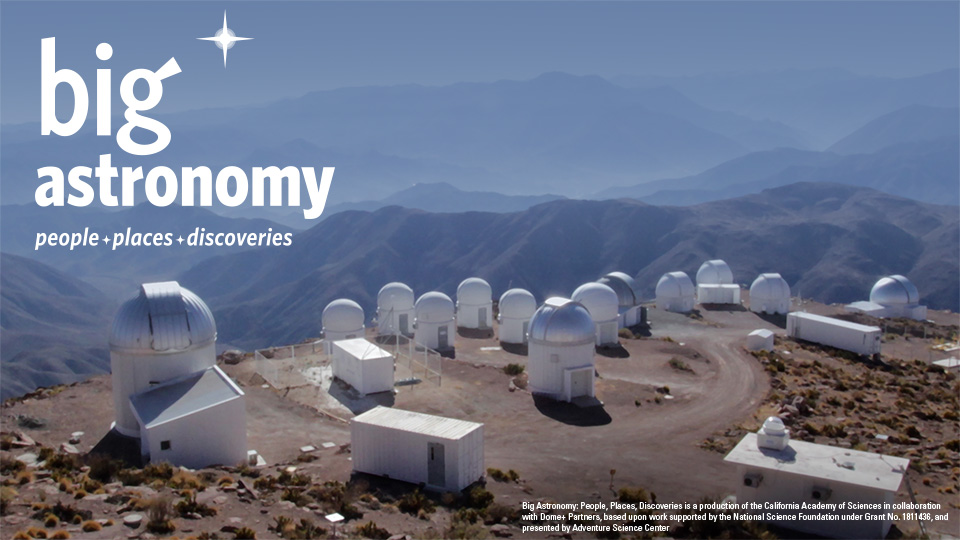
Description:
It takes many people with diverse backgrounds, talents, and skills to run a world-class observatory. Meet these people and share in the wonder of the sky—and the excitement of discovery. Big Astronomy is set in Chile where the dry, dark sky, and remoteness creates an ideal site to observe the universe. Big Astronomy is a collaboration between Abrams Planetarium at MSU, Associated Universities Inc. (AUI), Association of Universities for Research in Astronomy (AURA), Astronomical Society of the Pacific (ASP), California Academy of Sciences, Peoria Riverfront Museum, Ward Beecher Planetarium at YSU, Atacama Large Millimeter-submillimeter Array (ALMA), Vera C. Rubin Observatory construction project, NSF’s National Optical-Infrared Astronomy Research Laboratory facilities Cerro Tololo Inter-American Observatory (CTIO) and the international Gemini Observatory. Big Astronomy is supported by the U.S. National Science Foundation
Black Holes
Age Group: 8th grade to adult
Duration:
40 minutes
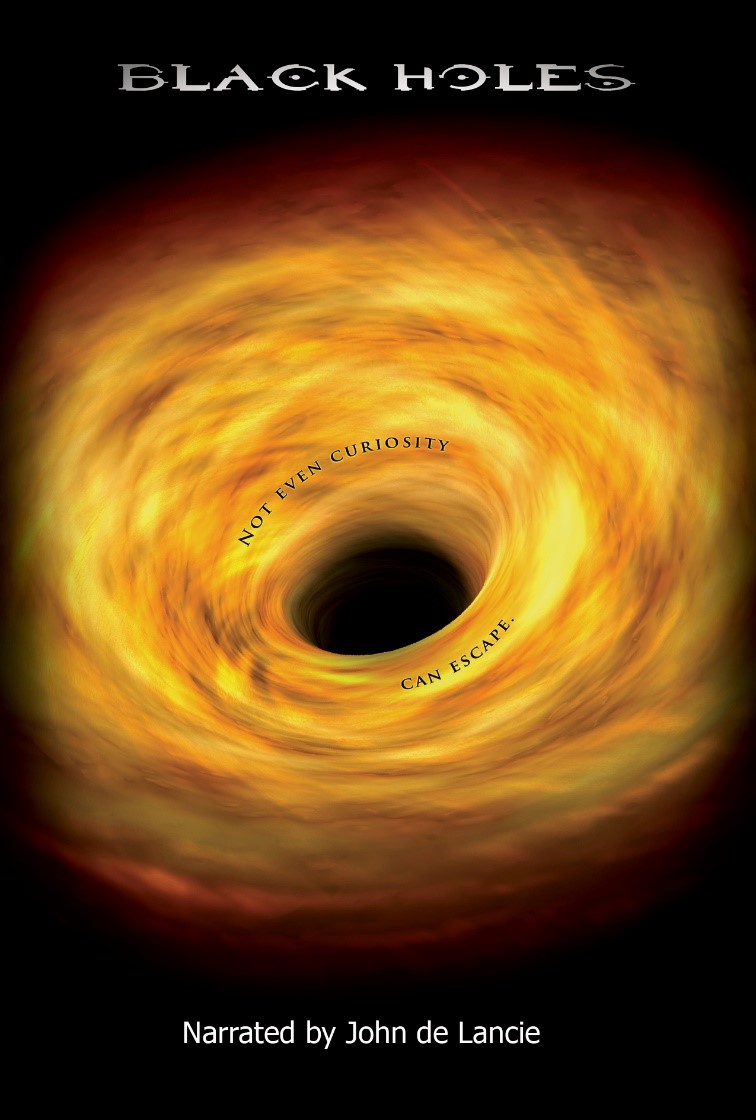
Description:
Black Holes takes you on a journey through one of the most mystifying, awe-inspiring, phenomena in the universe: a black hole. Where do they come from? Where do they go? How do we find them? Is there one on Earth's horizon? Using the latest in full-dome, 3D animation visualization technology.
Chasing the Ghost Particle
Age Group: 8th grade and up
Duration:
30 minutes
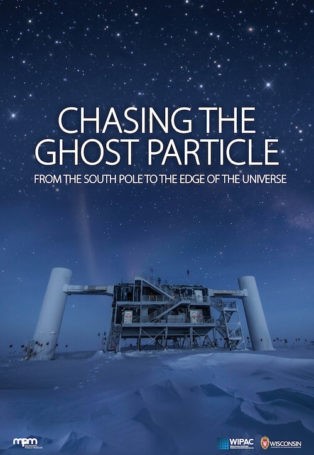
Description:
Trailer of a 30 min planetarium show about IceCube. A thrilling journey inside IceCube, looking for traces of neutrino collisions in the ice and including stunning simulations of the most energetic places in our universe. From one of the most remote locations on Earth to the unexplored regions of the cosmos, Chasing the Ghost Particle: From the South Pole to the Edge of the Universe will take you on a journey you won't forget.
Cleopatra's Universe
Age Group: 7th grade and up
Duration:
28 minutes
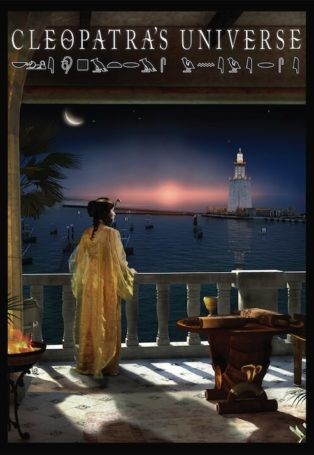
Description:
A great introduction to the world of Egypt’s legendary queen, Cleopatra’s Universe will explore the truths and mysteries of her fascinating time over 2,000 years ago. Using the Planetarium’s immersive full dome technology, you will experience Cleopatra in dramatic fashion. Travel back in time to see stunning re-creations of the Alexandria Library, Cleopatra’s Palace, the Parthenon in Athens, the Pompey Theater in Rome and the Pharos Lighthouse—one of the seven wonders of the ancient world. Discover the powerful Greek and Roman influences on the world of Cleopatra.
Constellations! Adventures Connecting Earth & Sky
Age Group: 6th grade and up
Duration:
26 minutes

Description:
Connect to the stars and constellations in this great new planetarium show. You'll also explore explore the universe and travel the world. Oh, and learn what "pareidolia" means and how to pronounce it!
Cosmic Castaways
Age Group: 8 years and up
Duration:
21 minutes

Description:
What happens when galaxies collide? What becomes of the stars within those galaxies? In this full-dome program we explore these questions and ponder the fate of our own Sun and solar system when the Milky Way galaxy and the Andromeda galaxy collide in the distant future. There are places where the night sky has no constellations. No Orion, no Big Dipper, nothing but a few lonely, far away stars and a few faint, ghostly patches of light. Most stars lie within the crowded boundaries of galaxies, traveling with their brothers and sisters in a vast galactic family. But some find themselves on their own, deep within voids between the galaxies. These are the cosmic castaways.
Cosmic Colors
Age Group: 5th grade to adult
Duration:
33 minutes
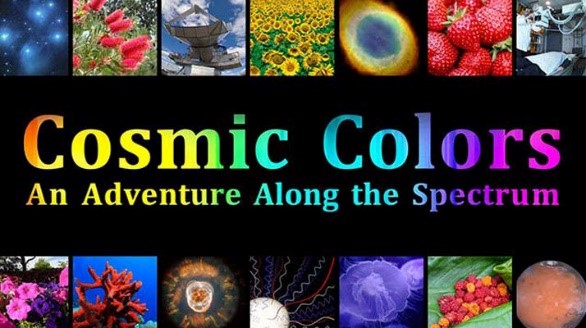
Description:
Cosmic Colors will take you on a wondrous journey across the entire electromagnetic spectrum. Discover the many reasons for color—like why the sky is blue and why Mars is red. Take a tour within a plant leaf and journey inside the human eye. Investigate x-rays by voyaging to a monstrous black hole and then back at your doctor’s office. You will even see the actual color of a dinosaur--based on recent evidence. Get ready for an amazing adventure under a rainbow of cosmic light! Teacher Activity Guide
Cosmic Origins Spectrograph
Age Group: 10 years and up
Duration:
28 minutes
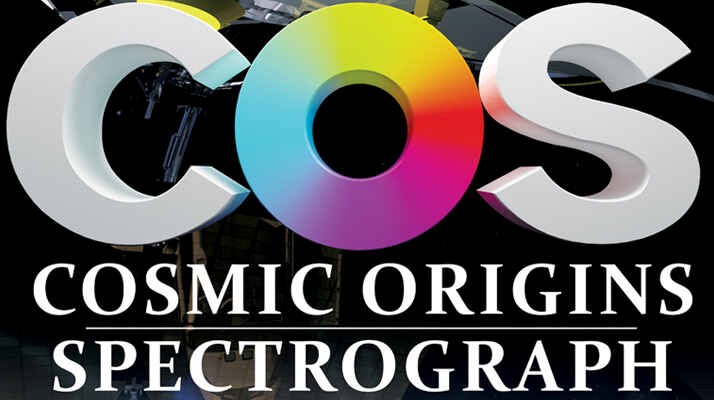
Description:
Explore the unseen universe! See the cosmos through the Hubble Space Telescope's exquisite ultraviolet instrument, from hot young stars to distant quasars. Cosmic Origins Spectrograph is a fulldome look at the Cosmic Origins Spectrograph instrument installed on the Hubble Space Telescope in 2009 during Servicing Mission 4, as well as the science behind its utility. The show covers the basics of spectroscopy at a high level, and touches on the processing of galactic and extragalactic gas. Other topics include the use of quasars as background light sources, cosmic evolution, and the development of large scale structure.
Cosmic Recipe
Age Group: 6th grade and up
Duration:
23 minutes
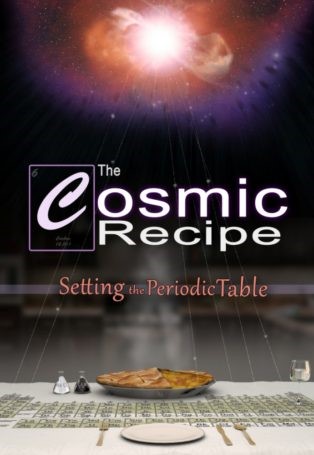
Description:
This is a great show for Chemistry! The famous astronomer Carl Sagan once said: “If you wish to make an apple pie from scratch, you must first invent the universe.” Though that may sound crazy, Sagan was onto something BIG! Want to know what? Pull up a chair at our Planetarium’s Periodic Table and learn the cosmic recipes that created everything in our world – even us! Discover how the Big Bang and the stars have cooked up the everyday elements we interact with every day—like the calcium in our teeth, the silicon in our smartphones, and even the carbon in our apple pies. Explore the world of chemistry—the protons, neutrons and electrons! See how tiny atoms relate to the mammoth stars! Connect the physical worlds of the small and large in this engaging and inspiring show.
Cosmology
Age Group: 12 years and up
Duration:
28 minutes
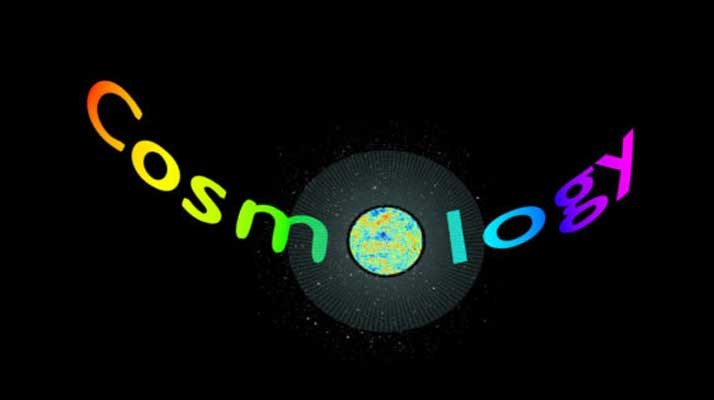
Description:
How did the universe begin, and how is it evolving? Explore some of the big questions in this original show produced by the Casper Planetarium and narrated by Michael Stevens.
DARK - Understanding Dark Matter
Age Group: 15 years and up
Duration:
20 minutes
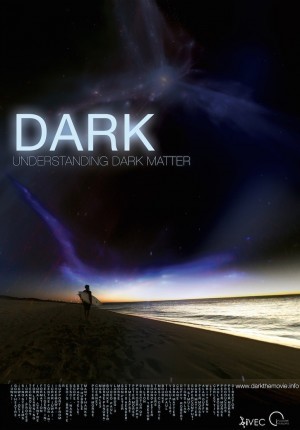
Description:
DARK is a fulldome show that explains and explores the nature of dark matter, the missing 80% of the mass of the Universe. The search for dark matter is the most pressing astrophysical problem of our time – the solution to which will help us understand why the Universe is as it is, where it came from, and how it has evolved over billions of years – the unimaginable depths of deep time, of which a human life is but a flickering instant. But in that instant, we can grasp its immensity and, through science, we can attempt to understand it.
Defying Gravity: It IS Rocket Science
Age Group: Upper Elementary and up
Duration:
23 minutes
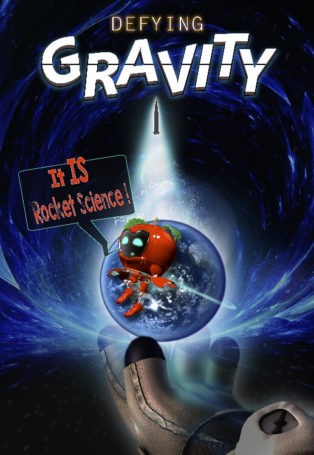
Description:
Tune in to the Planetarium Channel and its brand new show all about gravity! Join host Apollo Aurora and her science reporters as they explore the brains behind rocket power, gravity on other planets, and even monstrous black holes! Robot experts Apple 1-6-8-6 and EGR-1 will also lend a few circuits to explain the force that keeps us humans all grounded. Well, some of the time. Make sure to switch on the Planetarium Channel’s exciting new program--Defying Gravity, It Is Rocket Science!
Did An Asteroid Really Kill the Dinosaurs?
Age Group: 6th grade and up
Duration:
25 minutes
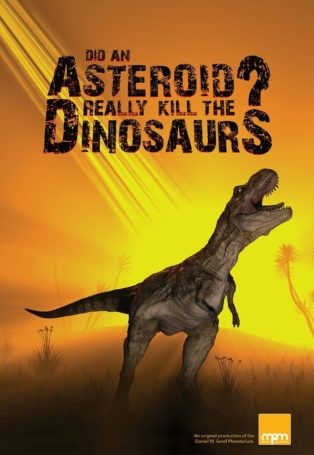
Description:
Like Space? Like Dinosaurs? How about a show about them BOTH?! The show explores the possibility of a six-mile wide space rock slamming into the Earth 66 million years ago and wiping out 75 percent of all living species at that time, including the dinosaurs. The new planetarium show, produced in 2016 by the Milwaukee Public Museum, presents the numerous craters on worlds like the moon, Mars, and even distant Pluto. Cosmic collisions are abundant in our solar system; explore the dinosaur disaster up close!
Discover The Stars
Age Group: 4th grade and up
Duration:
23 minutes
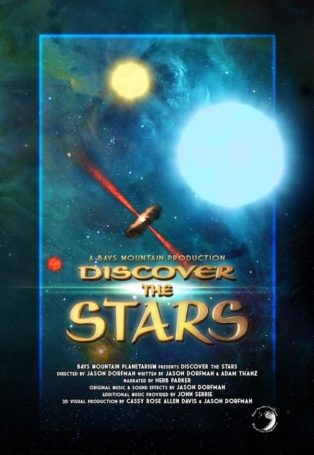
Description:
On a clear, dark night, most of us, at one time or another, have gazed upon the stars and wondered about all those tiny points of light. Many of us are able to identify different patterns and constellations in the stars. But, what are those tiny points of light? This exciting program takes viewers beyond a simple observation of the night sky and delves into the fascinating lives of stars. When we look up at the night sky, we can see that stars vary in brightness and have many different colors. The program reveals what is similar to all stars and what makes them unique. In “Discover the Stars,” we explore the many facets of a stars’ life. One of which is to venture deep into a giant molecular cloud to witness the birth of a new star. Stars also do not last forever. The program looks at the different ways that stars end their lives and the astronomical wonders that are left behind. “Discover the Stars” will give viewers a deeper understanding and appreciation of the night sky.
Distant Worlds - Alien Life?
Age Group: 10 years and up
Duration:
53 minutes
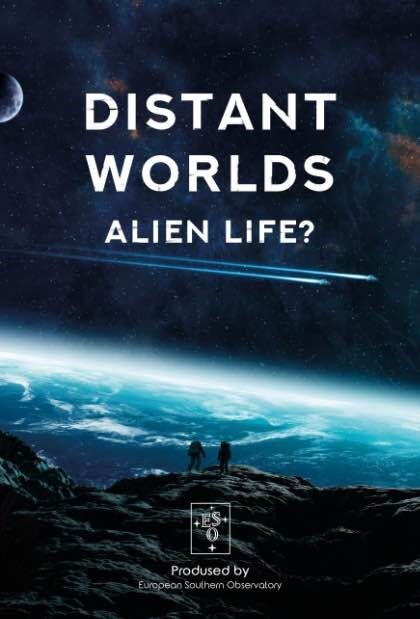
Description:
The night sky is a view of infinity. Does alien life exist out there? Nothing we can ask about the universe is so important for our understanding of the world. In the show we examine the conditions for a habitable zone starting the journey in our own solar system. Then we imagine a tour to some of the recently discovered exoplanets orbiting other stars in the Milky Way. What might be essential for life on distant moons or planets and how could we detect it? We get an impression of the importance of telescopes, Mars rovers like “Curiosity” and space probes for these challenging studies.
Einstein's Gravity Playlist
Age Group: 9th grade and up
Duration:
23 minutes
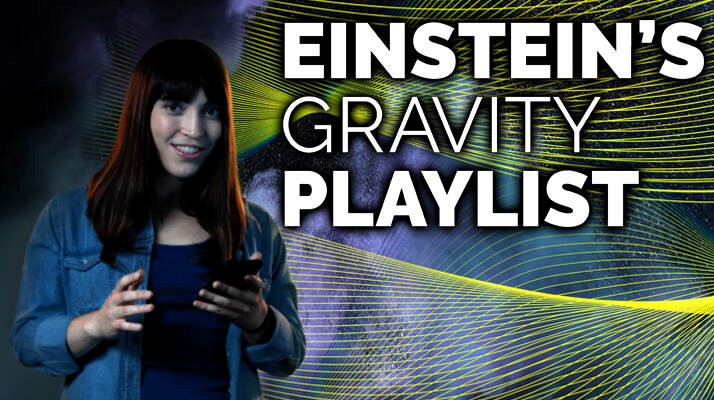
Description:
Einstein’s Gravity Playlist is an original planetarium show that explores the ripples in space-time known as gravitational waves. Albert Einstein first predicted the existence of gravitational waves in 1916, and a century later, scientists detected these waves using incredibly precise laser technology here on Earth. In honor of this long-anticipated detection, the scientists who created the Laser Interferometer Gravitational-Wave Observatory (LIGO) won the Nobel Prize in Physics in 2017. In this show, viewers follow Lucia, a PhD student in physics, on an exploration of how gravitational waves are formed, how they move through the universe, and how scientists like her work to hear them.
Europe To The Stars
Age Group: 10 years and up
Duration:
32 minutes
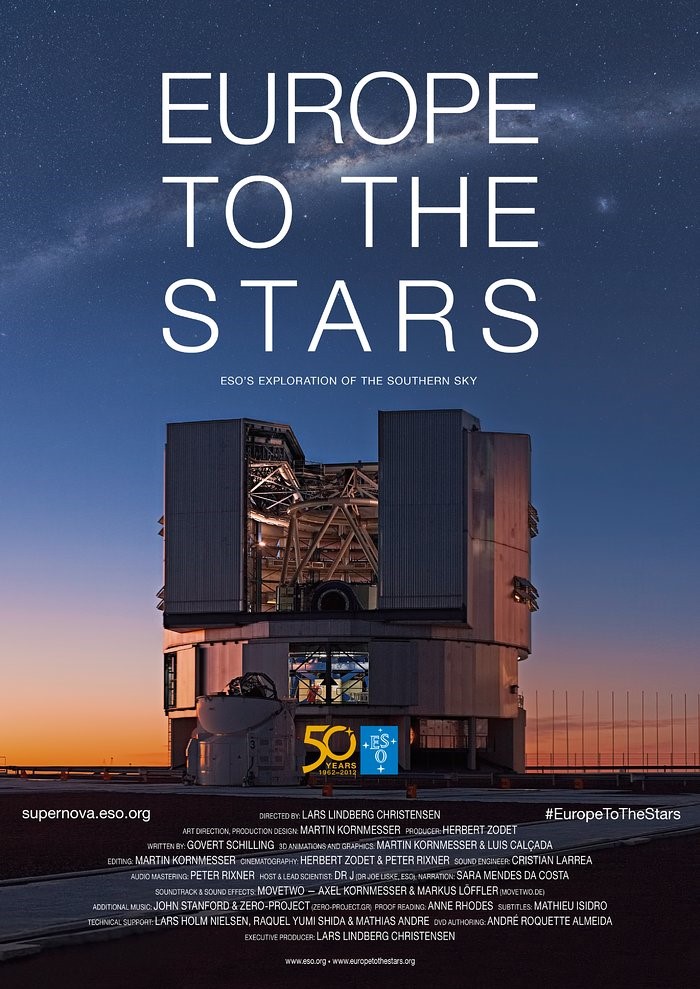
Description:
Europe to the Stars takes the viewer on a journey behind the scenes at the most productive ground-based observatory in the world—the European Southern Observatory—revealing the science, the history, the technology and the people. The movie goes from locating the best places in the world for observing to how telescopes are built and what mysteries of the Universe astronomers are revealing
Exoplanets
Age Group: 12 years and up
Duration:
30 minutes

Description:
Learn about planets beyond our solar system and techniques astronomers use to find them. This show was produced by the Casper Planetarium and is a winner of the Associazione dei Planetari Italiani Planetarium Video Competition.
Final Frontier
Age Group: 10 years and up
Duration:
30 minutes
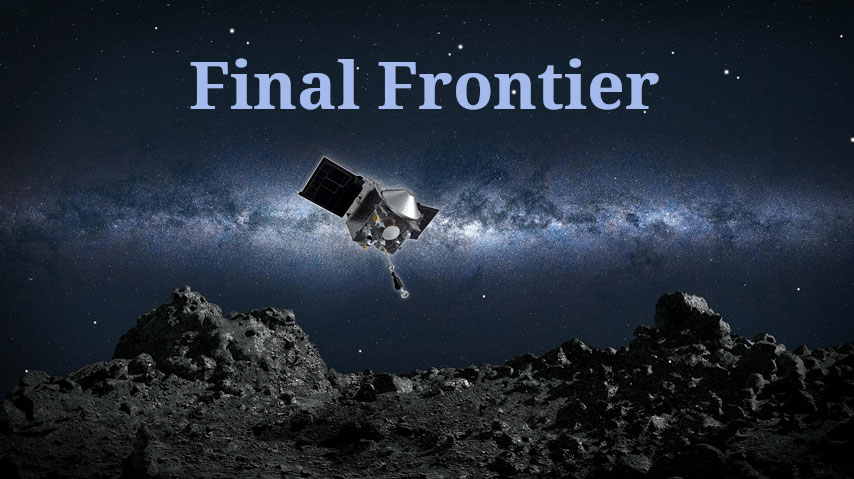
Description:
This show is a visually spectacular and immersive journey through the history and future of space exploration. We discuss the challenges and dangers we must consider as we leave our planet, and what we might encounter as we travel the cosmos.
From Earth to the Universe
Age Group: 10 years and up
Duration:
32 minutes
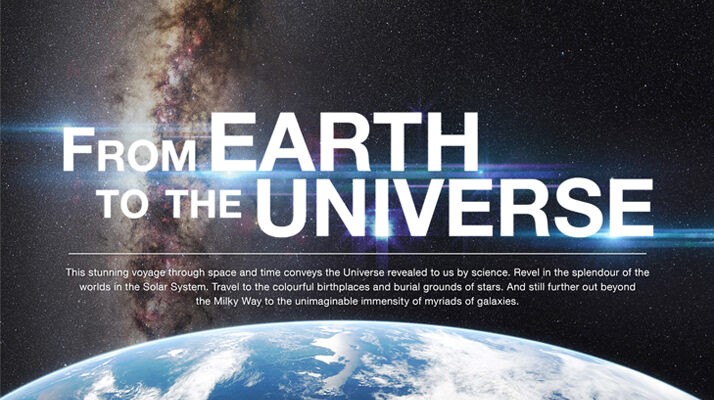
Description:
The night sky, both beautiful and mysterious, has been the subject of campfire stories, ancient myths and awe for as long as there have been people. A desire to comprehend the Universe may well be humanity’s oldest shared intellectual experience. Yet only recently have we truly begun to grasp our place in the vast cosmos. To learn about this journey of celestial discovery, from the theories of the ancient Greek astronomers to today’s grandest telescopes, we invite you to experience From Earth to the Universe. Viewers can revel in the splendor of the various worlds in the Solar System and the ferocity of the scorching Sun. From Earth to the Universe then leaves our home to take the audience out to the colorful birthplaces and burial grounds of stars, and still farther out, beyond the Milky Way, to the unimaginable immensity of a myriad galaxies. Along the way, the audience will learn about the history of astronomy, the invention of the telescope, and today’s giant telescopes that allow us continue to probe ever deeper into the Universe. Director Theofanis N. Matsopoulos described the film as “a colourful and inspiring journey… the visuals are stunning and really speak for themselves in showing just how far humanity’s ambition has taken us in terms of observing and understanding the Universe”.
Galaxies
Age Group: 12 years and up
Duration:
15 minutes

Description:
Once we thought that Earth was the center of the universe. Shapely and Hubble changed that perspective by showing that we are part of a vast expanse of galaxies. This program reviews some of their key discoveries and explores some of the most common types of galaxies.
Galileo - The Power of the Telescope
Age Group: 5th grade to adult
Duration:
44 minutes
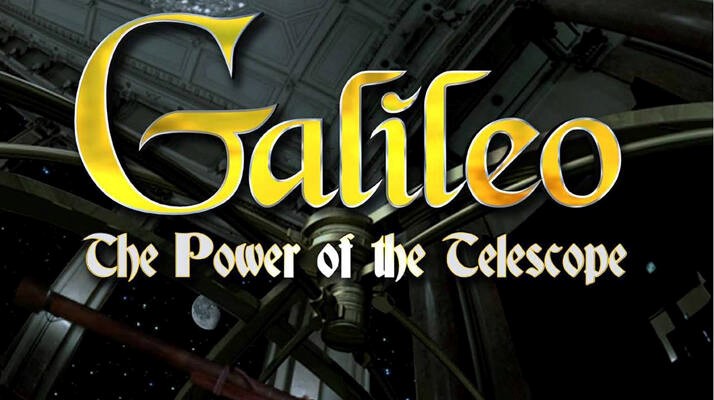
Description:
Two eyes and two pieces of glass revolutionized human understanding 400 years ago. The eyes belonged to Galileo Galilei, and the curved pieces of glass were the lenses of his telescope. In Galileo: The Power of the Telescope – you'll learn Galileo's personal and powerful story, and explore how his discoveries displaced long-held views about the universe. Travel back in time to Pisa, Italy, to experience Galileo’s early experiments with gravity and the laws of motion, his advocacy of the idea that the Earth revolves around the sun (still an absurd notion to many in the 1600’s), and his work with early telescopes. Learn how his keen observations culminated in The Starry Messenger, an early masterpiece in which Galileo described all his dazzling discoveries in a straightforward, easy to understand way. Narrated by Dava Sobel, author of the award-winning biography Galileo's Daughter
Hubble Vision 2
Age Group: 5th grade to adult
Duration:
30 minutes
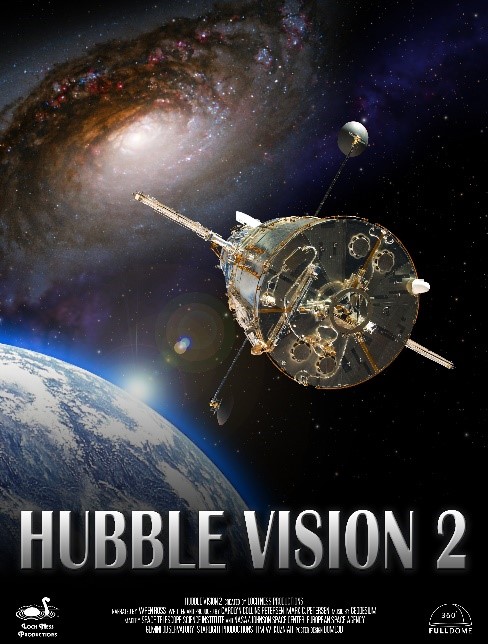
Description:
Since its launch in 1990, the Hubble Space Telescope has provided incredible images in unprecedented detail to astronomers, and made an astonishing array of discoveries — from nearby objects in the solar system to the most distant galaxies at the limits of the observable universe. In this all-new production, major themes in current astronomy and cosmology are presented: new views of the planets; peeks into starbirth nurseries; visions of stardeath in its many forms; explorations of star clusters and galaxies; and views of the universe when the earliest galaxies were first coming into being. We catch glimpses of solar system objects, including the Moon and Venus; clouds on dusty Mars; Comet Shoemaker-Levy 9's crash into Jupiter; storms on Saturn, Uranus, and Neptune; and the faraway worlds of Pluto and Quaoar. Beyond the solar system, we explore protoplanetary disks in the Orion Nebula, and regions of starbirth across the cosmos. We witness the deaths of stars like our Sun; the cataclysmic aftermath of supernovae in the Crab Nebula; and the expanding rings around Supernova 1987a. We see breathtaking views of colliding galaxies; jets shooting from active galactic nuclei, powered by supermassive black holes; the eerie effects of gravitational lenses; and deep-field views of the most distant galaxies ever seen. HUBBLE Vision 2 is a factual journey through the universe, as seen through the unblinking eye of one of the world's premier telescopes. LEGACY SHOW
IBEX! Search for the Solar System's Edge
Age Group: 5th grade and up
Duration:
31 minutes
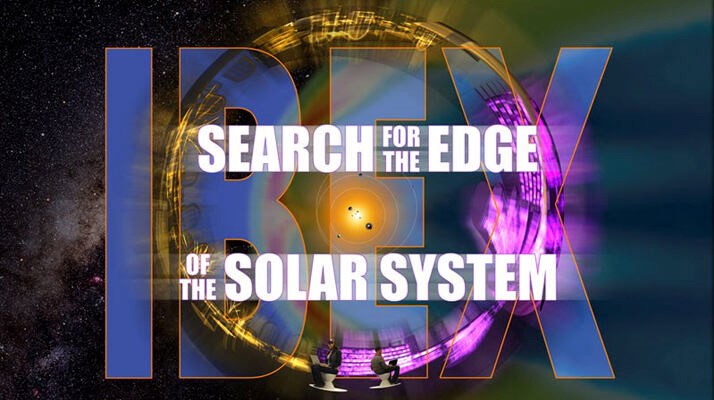
Description:
Where does the solar system end? What defines the boundary separating the solar system and the interstellar medium? The IBEX (interstellar boundary explorer) craft captures energized neutral particles originating from the heliosphere: the bubble enclosing the solar system. The IBEX probe uses these particle captures to construct an image of the heliosphere. How does the probe work? Who built it and how? Join us for this engaging full dome program and learn what lurks at the outer edges of our solar system.
Into The Polar Night
Age Group: 12 years and up
Duration:
30 minutes
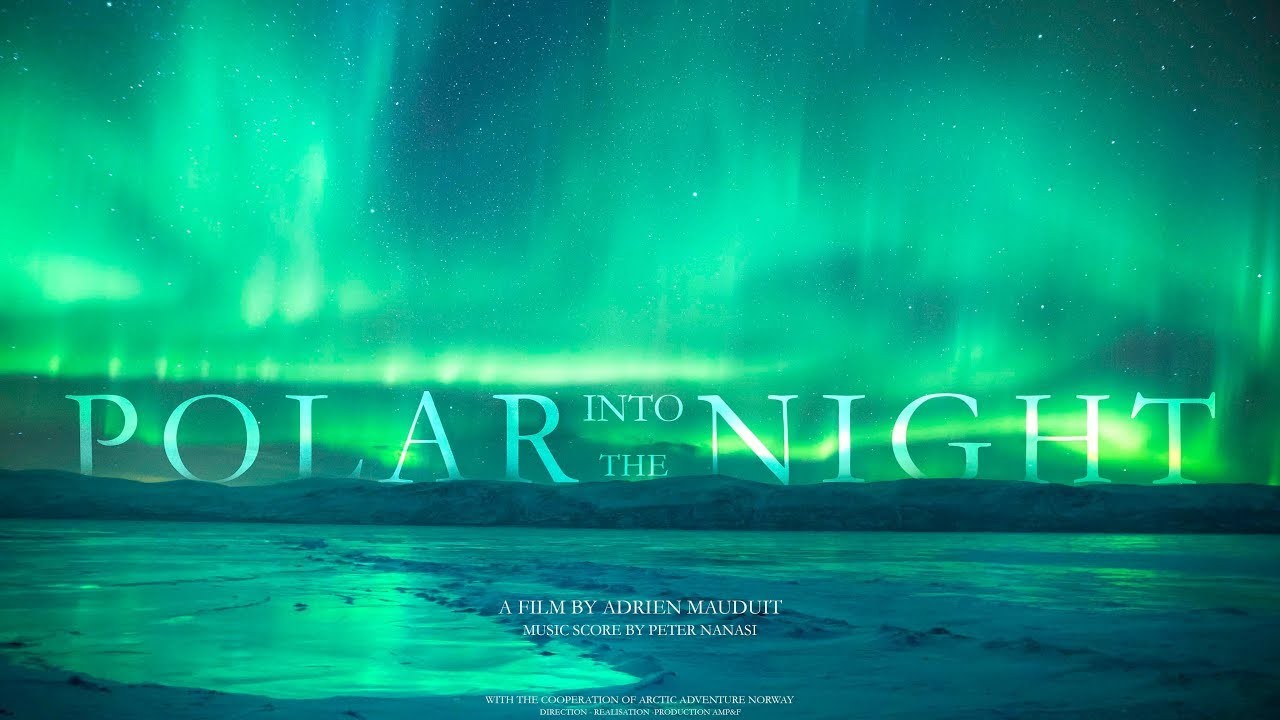
Description:
The Arctic sea ice groans and creaks as a massive icebreaker slowly churns through. Later, scientists on an ice floe call out to each other in the dark. A chainsaw buzzes as someone cuts through the ice, exposing open ocean below. Viewers can now step out onto an ice floe in the middle of the Arctic Ocean, and watch and listen as scientists race the fading light to set up one of the most ambitious international climate collaborations ever, MOSAiC. The Multidisciplinary Drifting Observatory for the Study of Arctic Climate launched in September 2019. Led by the German Alfred Wegener Institute (AWI), the mission froze an icebreaker into the Central Arctic Ocean, to better understand the remote region and the role it plays in global climate and weather patterns. “NSF is pleased to have supported this wonderful glimpse into the unusual circumstances and critical research contributions of the MOASAiC program.” said Kelly Falker, director of the NSF’s Office of Polar Programs. “The MOSAiC Expedition is one the most ambitious international Arctic field missions that NSF has ever funded. Its participants have truly ventured ‘into the unknown,’ and the long-standing observational gaps they are filling promise major advances in our ability to understand the current state and likely future trajectory of the Arctic.” “We live in an age where numbers are sometimes dismissed, and facts are, too,” Richman said. “I spent a lot of time learning about what it takes to get Arctic climate system numbers, how much physical effort it takes to gather them.”
It's About time!! Cosmic Cycles We All Live By
Age Group: 6th grade and up
Duration:
26 minutes
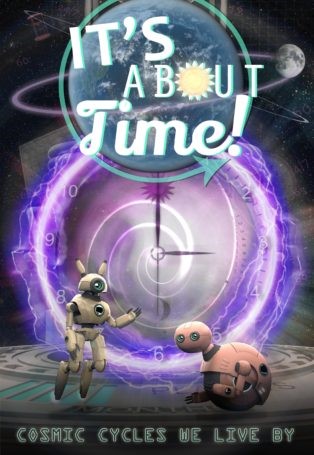
Description:
Time impacts us everyday -- but what is it exactly? Join friendly robots Tortoise and Hare in their voyage around the Earth and beyond to discover the wild origins of time!
Larry Cat In Space
Age Group: Preschool to 2nd grade
Duration:
30 minutes
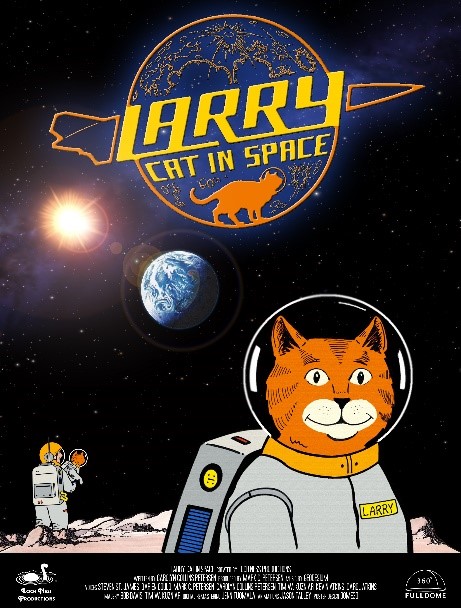
Description:
Larry Cat In Space is a playful, imaginative cartoon presentation about an inquisitive cat who takes a trip to the Moon. Through Larry's eyes, we observe his human family, a group of enthusiastic sky-watchers. Larry's master, Diana, takes a job on the Moon, and sadly leaves Larry behind. Larry figures out a way to get to the Moon to be with Diana. Larry encounters weightlessness, lunar gravity, and even ventures out on the Moon wearing his Cat Spacesuit where he spots the Earth, looking a lot like the Moon did from the porch at home. LEGACY SHOW
Light Years From Andromeda
Age Group: 5th grade to adult
Duration:
30 minutes
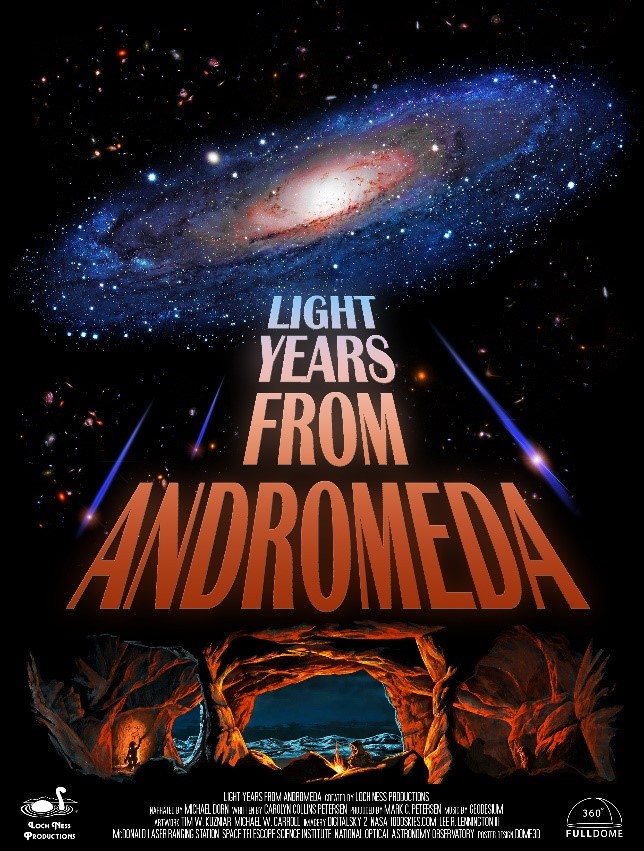
Description:
A beam of light leaves the Andromeda Galaxy and travels across the void of intergalactic space. As the light speeds across the light years, over the course of centuries, the early people on a planet located in a nearby galaxy form cultures and civilizations – and begin to wonder about the universe surrounding them. Their awareness of the night sky increases, as the beam of light draws nearer to their planet. When the light reaches the Earth, some of the descendants of the early hunters have just escaped the bonds of their world, gravity, and visited the Moon. In modern times, scientific study of space help the planet’s current inhabitants to understand the properties of light, and the ways that understanding shapes our further knowledge of the universe. LEGACY SHOW
Magellan Report From Venus
Age Group: 5th grade to adult
Duration:
29 minutes
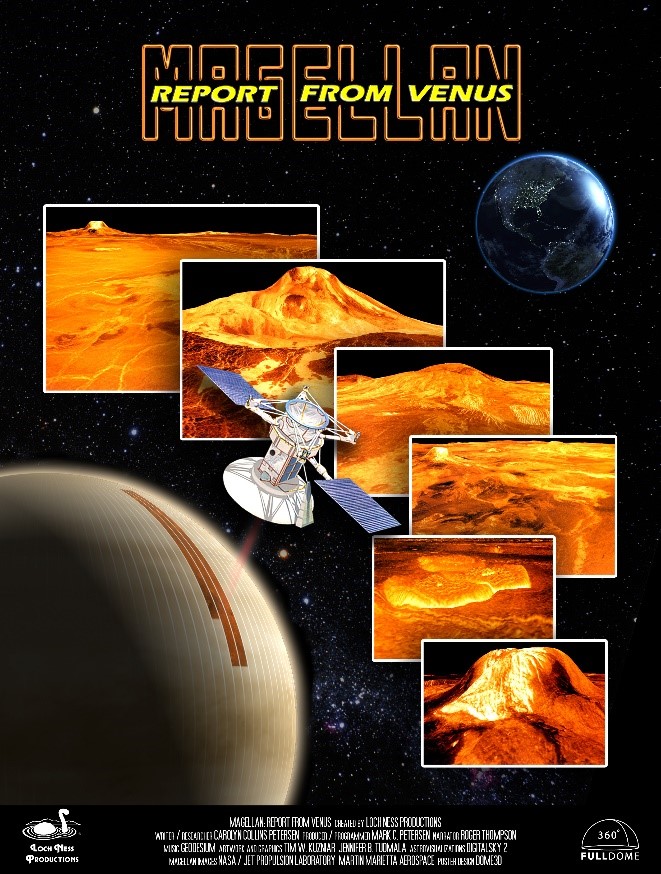
Description:
The Magellan radar-mapping mission to Venus was extraordinarily successful; the spacecraft returned more data than all NASA's previous planetary missions combined. Now, MAGELLAN: Report from Venus brings Magellan's images to you at the SMSU Planetarium! In this show, we follow Magellan's progress, from its launch through the most significant discoveries. Included are spectacular images of volcanoes, impact craters and landslides. Important planetary science topics of volcanism, tectonism, impact cratering are covered; and we discuss radar imaging, the history of Venus exploration, and compare Earth and its "sister planet." LEGACY SHOW
MarsQuest
Age Group: 5th grade to adult
Duration:
40 minutes
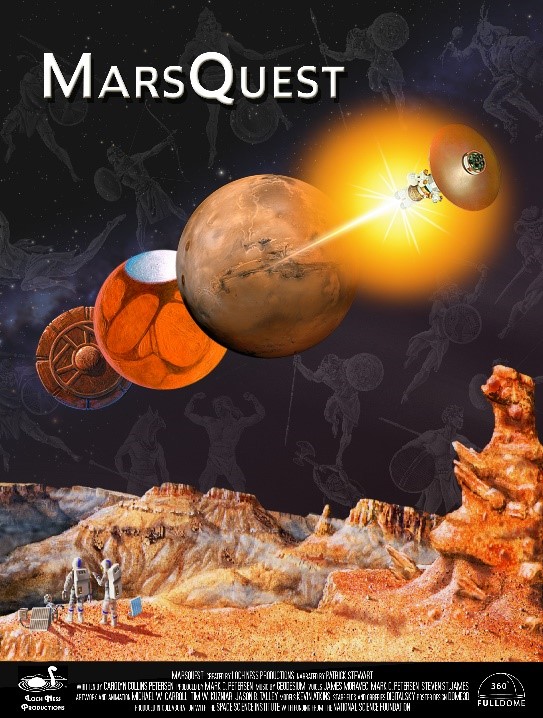
Description:
MarsQuest is a chronicle tracing our centuries-long cultural and scientific fascination with the planet Mars. Set in a theatrical style "three-act" form with an epilogue, it weaves a satisfying narrative of what Mars means to humanity. In the first section, "Homage," we trace Mars through history -- from an "incantation" of the various War God forms given by different cultures, to the early observations of Schiaparelli and Lowell, and the infamous "canals" which led to science-fiction stories about Martians. We hear excerpts from H. G. Wells "War Of The Worlds" and Edgar Rice Burroughs's "Barsoom" novels. "Mars In Focus" details the Mars of our time -- as seen in the night sky, through binoculars and telescopes, and from our Mars explorations. Mission findings from more than a quarter century of spacecraft missions feature reports on Mars weather, climate, and areology. We compare the climate and terrain of Earth and Mars, and present the current thinking about the areologic history of the planet, and a rationale for future exploration. "Mars In The Future" examines where on Earth we can prepare to live on Mars, what will be needed to get crewed missions there, and what the first landing may be like. The show ends with "Rhapsody On A Red Planet," a poetically-styled "ode to Mars", this time from a future perspective; an eloquent soliloquy tracing the efforts that led to our first footsteps onto the desolate and dusty Martian surface. LEGACY SHOW
Max Goes to the Moon
Age Group: K - 8th grade
Duration:
45 minutes
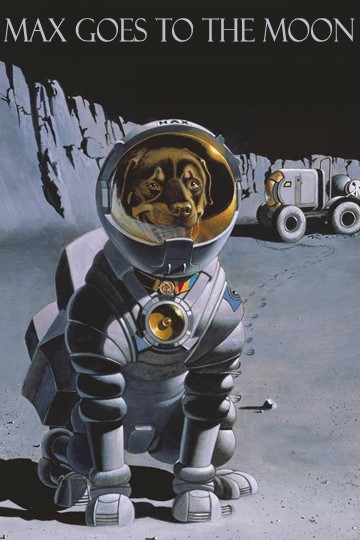
Description:
Max (the dog) and a young girl named Tori take the first trip to the Moon since the Apollo era. Along the way, the story sets the stage for the more sophisticated science of the “Big Kid Box” sidebars, which cover topics including “Phases of the Moon,” “Wings in Space?,” and “Frisbees and Curve Balls on the Moon” — all thoughtfully explained so that grownups and children can learn together about science. Toward the end, Max and Tori's trip proves so inspiring to people back on Earth that all the nations of the world come together to build a great Moon colony from which “the beautiful views of Earth from the Moon made everyone realize that we all share a small and precious planet.”
Mayan Archaeoastronomy: Observers of the Universe
Age Group: 10 years and up
Duration:
35 minutes
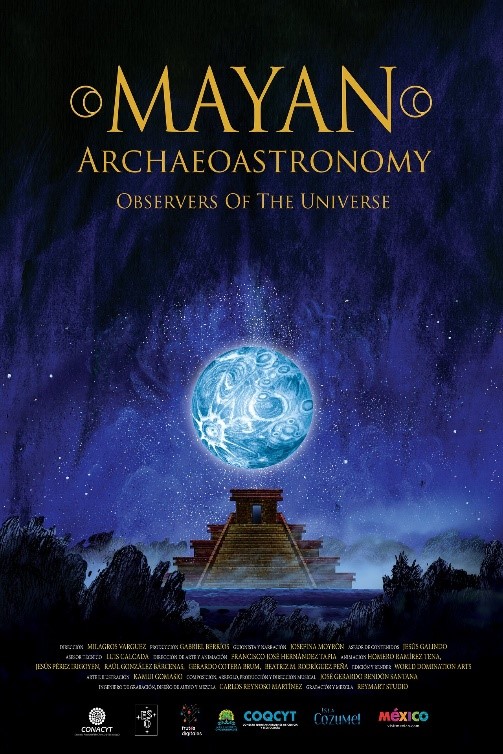
Description:
Mayan Archaeoastronomy is unique among planetarium shows, intertwining science and mythology to take the viewer on a poetic journey through how the Mayans have viewed and understood the Universe throughout their history. The visuals are stunning, giving the viewer the impression of being inside a beautifully stylistic painting. This artistic interpretation of the Universe makes for a journey that will not be forgotten.
Mexica Archaeoastronomy: Between Space and Time
Age Group: 10 years and up
Duration:
35 minutes
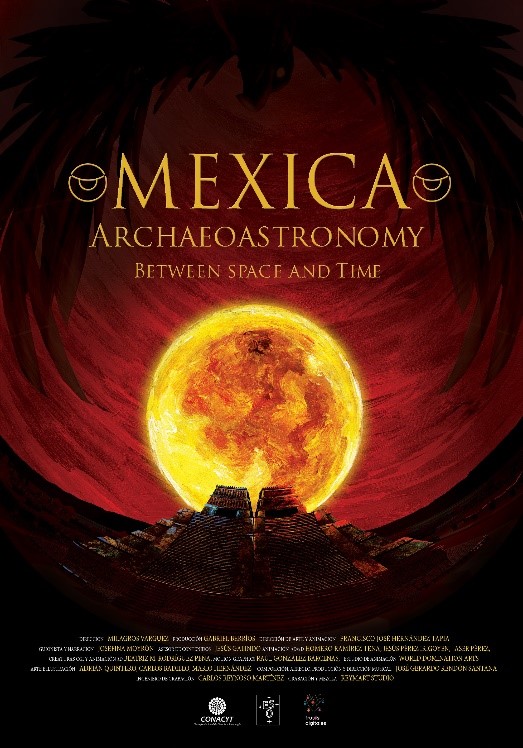
Description:
This show is an open-source planetarium show illustrating the important role played by astronomical observation in the evolution of pre-Hispanic cultures in central Mexico. The 20-minute show was produced by Frutos Digitales in collaboration with ESO. The ESO Supernova Planetarium & Visitor Centre is excited to add Mexica Archaeoastronomy: Between Space and Time to its growing collection of planetarium shows.
More Than Meets The Eye
Age Group: 5th grade and up
Duration:
17 minutes or
31 minutes
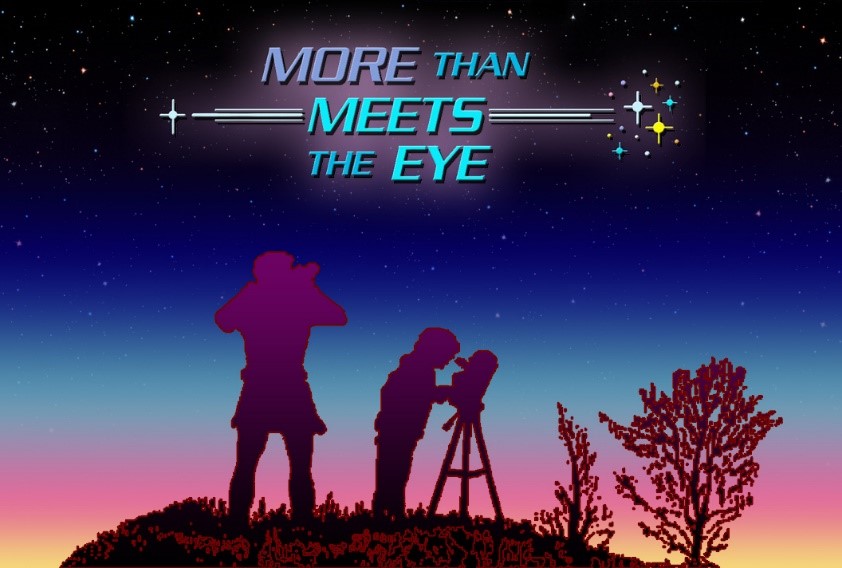
Description:
What can you see when you look up in the sky tonight? A planet, a constellation, a galaxy, or maybe a nebula where stars are being born? There's "More Than Meets The Eye" in this fascinating new show. Come explore the wonders of Minnesota's beautiful night sky as we show you what you can see with just your unaided eyes. Then take a deeper look when the sky is revealed as seen through binoculars or a small telescope. Finally, compare all of that to the images taken from the big observatories or spacecraft. The show also briefly discusses the effects of atmospheric turbulence, that stars have different colors, how only time exposure photos produce brilliant colors in galaxies and nebulae. Students will also learn where to look in the sky at different seasons to see these objects for themselves. You'll be amazed at what can be seen under Minnesota skies!
Featured celestial objects (Short version): Venus, Mars, Jupiter, Saturn, Orion Nebula(M42), Andromeda Galaxy(M31), Milky Way, Butterfly [open] Cluster(M6) & Open Cluster(M7), Lagoon Nebula(M8) & Trifid Nebula (M20).
Long Version: Includes the short version plus the Moon, Pleiades [open] Cluster(M45), Alcor/Mizar, Ring [planetary] Nebula(M57), Crab Nebula(M1), Beehive [open] Cluster(M44), Albireo, Epsilon Lyrae, Hercules [globular] Cluster(M13). LEGACY SHOW
Mystery of the Christmas Star
Age Group: Family
Duration:
30 minutes
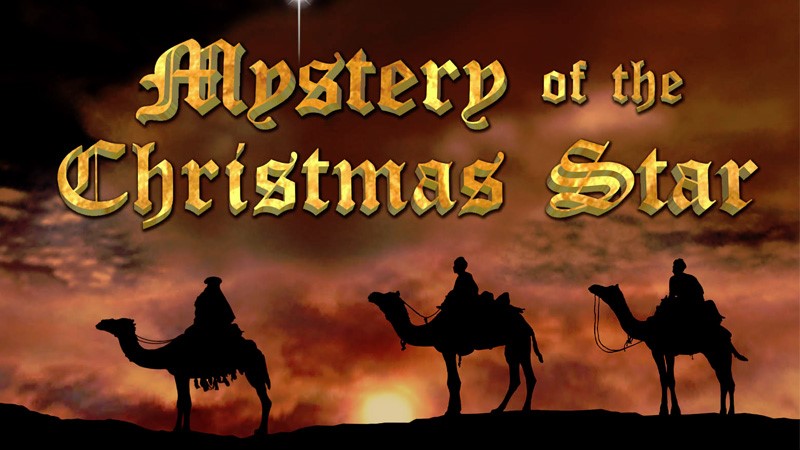
Description:
Mystery of the Christmas Star takes audiences on a journey back 2000 years to Bethlehem to discover a possible scientific explanation for the star the wise men followed to find the Christ child. This program investigates recorded sightings of significant astronomical events during the time of the birth of Christ. Investigators will see which of these signs in the sky could have been remarkable enough to cause the wise men to travel across the desert from Babylon just to see a newborn King. This modern retelling of the Christmas story is sure to charm and captivate audiences of all ages. You will be immersed in spectacular images while this show offers a scientific view of what the star of Bethlehem may have been. The planetarium is a perfect place to study this because of its ability to exactly reproduce the skies as seen from Bethlehem over 2,000 years ago.
Once And Future Cities: A Fractal Journey
Age Group: All ages
Duration:
35 minutes
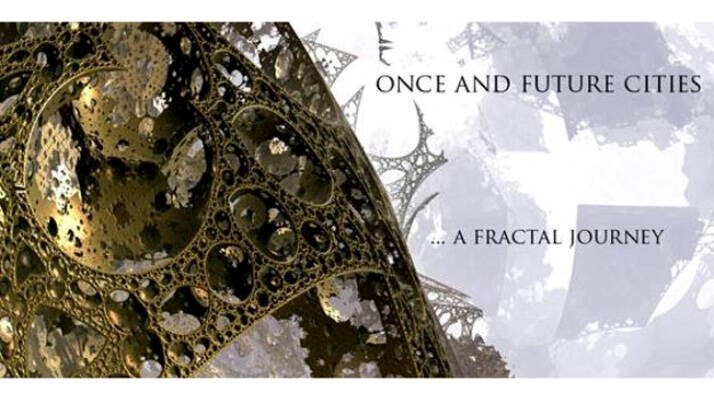
Description:
Connect emotionally with mathematics. Drift through 12 immersive computer-generated wonderlands that appear to stretch on forever. Fractals are images created by mathematical formulas with an infinitely repeating quality. Fractal art is comparatively new and computer-generated 3D fractals first appeared in 2009. Created by a team of fractal designers from around the world, Once and Future Cities is set to an award-winning soundtrack described as 'music to make you homesick for a place you never were'.
Our Place In Space
Age Group: 1st - 3rd grade
Duration:
33 minutes
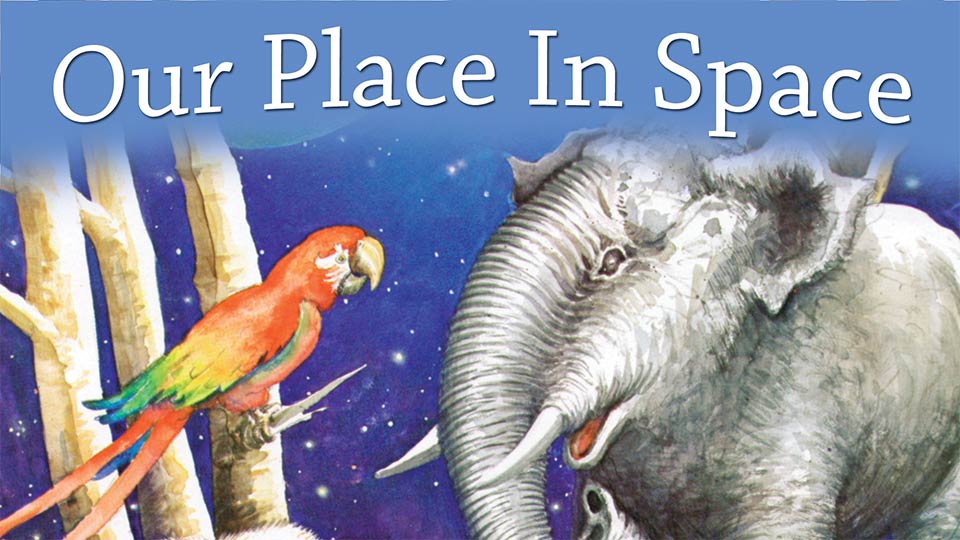
Description:
This is a wonderful children's program that features several colorful and lively animal characters (Scarlett the macaw, Paula the polar bear, Indy the elephant, Charlie the crocodile, Sheba the cobra and Leo the lion). The story begins with a crossword puzzle book falling from the sky and landing on Scarlett's head. When she opens the book the first puzzle she comes to is called Our Place in Space. For some help in solving the puzzle clues, Scarlett travels all over the world to visit her friends. Each friend is able to teach her something new and exciting about the Earth and Space! The discussions center around the following themes: The Sun as a Star, What Makes the Sun Move, The Planet Earth, A Weighty Subject - Gravity, The Shadow of Night, Constellations are Star Pictures, Getting into Space. Scarlett's journey finally ends with an imaginary space trip as Captain Leo takes her to visit the planets and moons of our solar system and the stars beyond.
Out There: The Quest for Extrasolar Worlds
Age Group: 10 years and up
Duration:
31 minutes
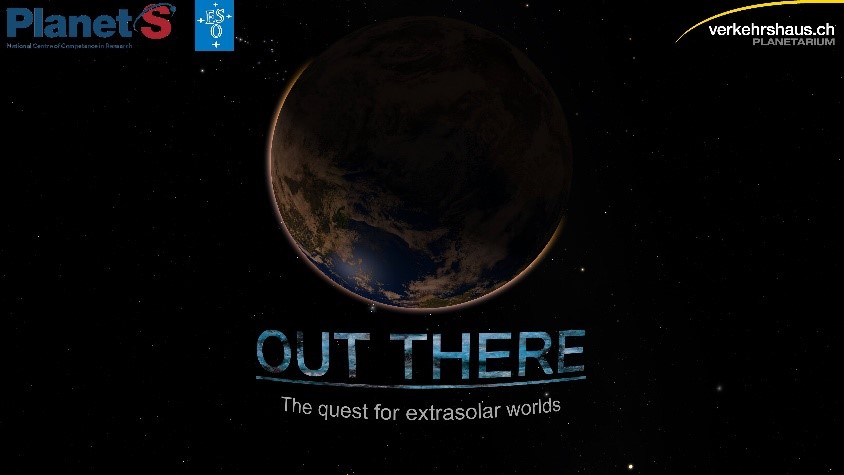
Description:
For thousands of years, mankind thought that the Earth was the center of the Universe. Thanks to our curiosity, imagination and urge to explore, we now know that planets like our Earth are nothing special in the cosmos. The Sun is just one ordinary star among hundreds of billions in our galaxy, the Milky Way. With the world’s most powerful telescopes, we are able to explore more and more of the Universe. What we have found so far has surpassed even the wildest expectations of scientists as well as authors of science fiction. Most stars have planets — it turns out they are more common than we thought. A huge diversity of different worlds is out there, just waiting to be discovered.
Phantom of the Universe
Age Group: 9th grade and up
Duration:
28 minutes
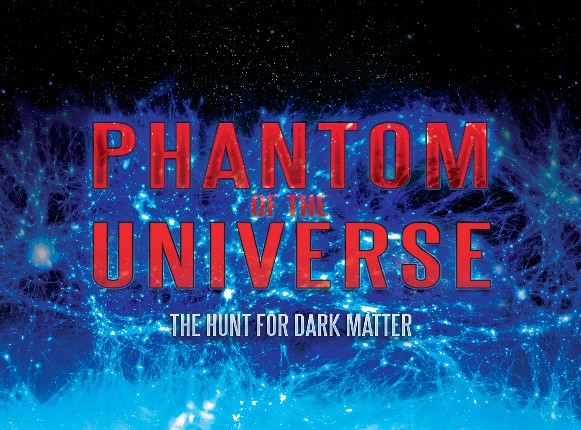
Description:
The show reveals the first hints of its existence through the eyes of Fritz Zwicky, the scientist who coined the term “dark matter.” It describes the astral choreography witnessed by Vera Rubin in the Andromeda galaxy and then plummets deep underground to see the most sensitive dark matter detector on Earth, housed in a former gold mine. From there, it journeys across space and time to the Large Hadron Collider at CERN, speeding alongside particles before they collide in visually stunning explosions of light and sound, while learning how scientists around the world are collaborating to track down the constituents of dark matter.
Red Planet Rising
Age Group: 12 years and up
Duration:
29 minutes
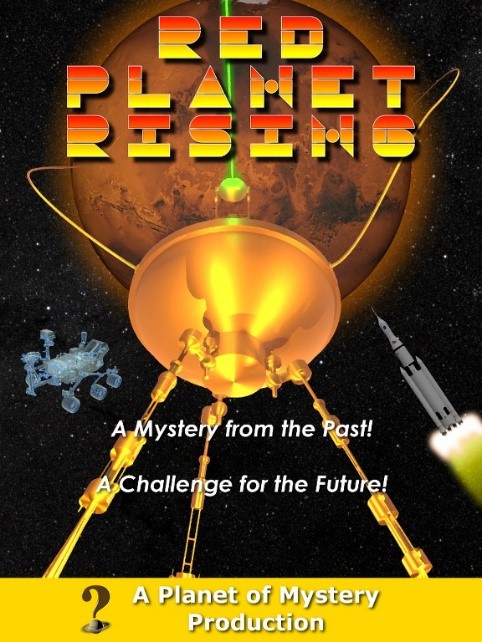
Description:
We'll explore Mars and mankind's fascination with this world through mythology, history, literature, movies, TV and science. We'll also look ahead to see what Mars may hold for mankind in the future.
Saturn & Beyond
Age Group: 4th grade and up
Duration:
24 minutes
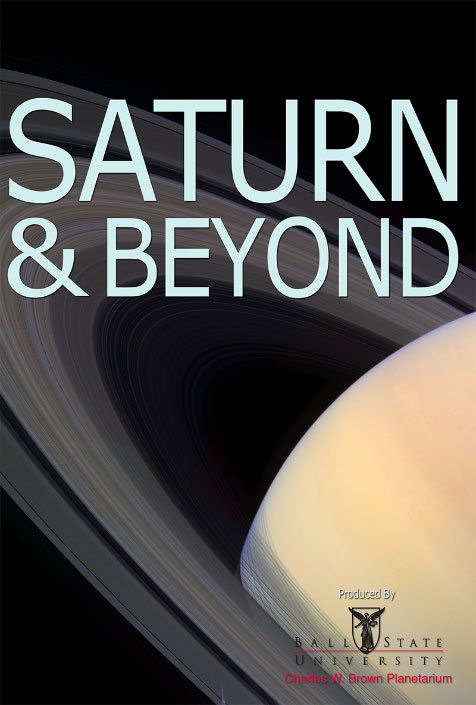
Description:
Saturn’s rings are one of the most beautiful sights in the solar system. Astronomers have known about these rings for over 400 years, yet they still present many questions. In 2004, the Cassini spacecraft reached Saturn and sent back volumes of data. Learn the history of the discovery of Saturn’s rings and explore the mysterious features seen by the Cassini space craft.
Seasonal Stargazing
Age Group: 4th grade to adult
Duration:
30 minutes
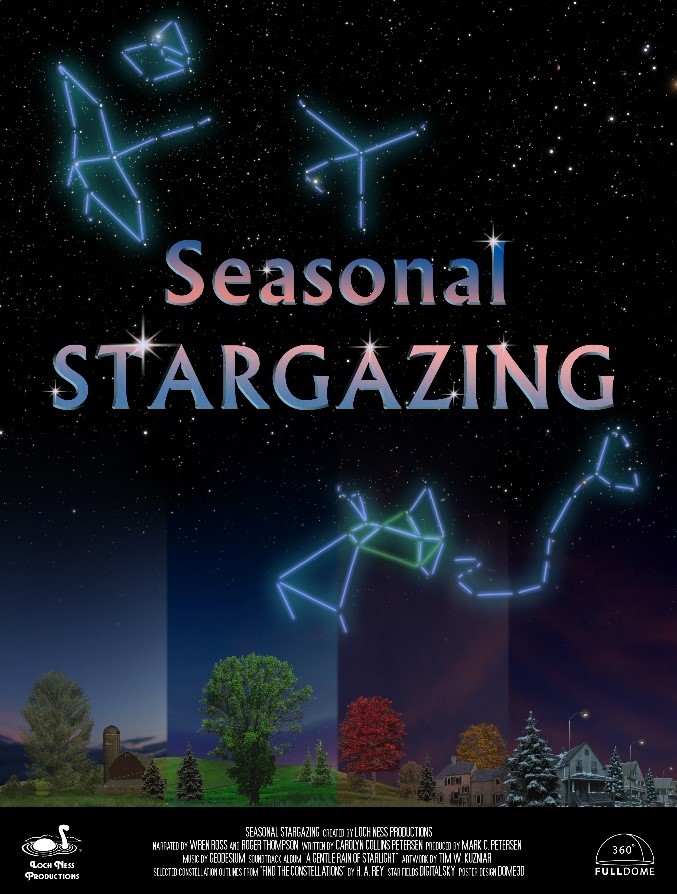
Description:
Find out more about "what's up tonight" in just a few minutes than some people do in a lifetime! Hop through constellations, learn cool star names, and groove to planetarium space music in this fulldome audiovisual experience. The content of this show changes throughout the year to reflect the night sky at the appropriate time of year.
SEEING! A Photon's Journey Across Space, Time, and Mind
Age Group: 10 years and up
Duration:
27 minutes
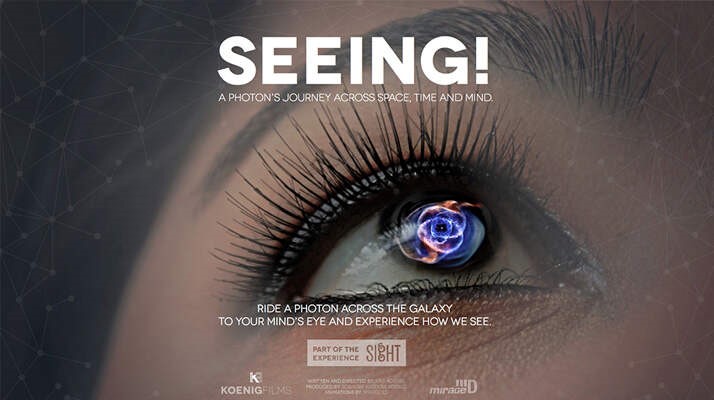
Description:
Narrated by Neil deGrasse Tyson, these stunning 360° visuals of landscapes, skyscapes, wildlife, humanity and space are used to tell the story of light, sight and vision. We begin with a photon’s creation inside a distant star and follow its immense journey across the galaxy into the eye of a young stargazer. As the photon enters, we learn about the structures of the eye, their functions and we ride along the optic nerve traveling the pathways of our brain, resulting in an image in our mind.
Shining Light On The Stars - The Hertzsprung-Russell Diagram
Age Group: 7th grade and up
Duration:
16 minutes
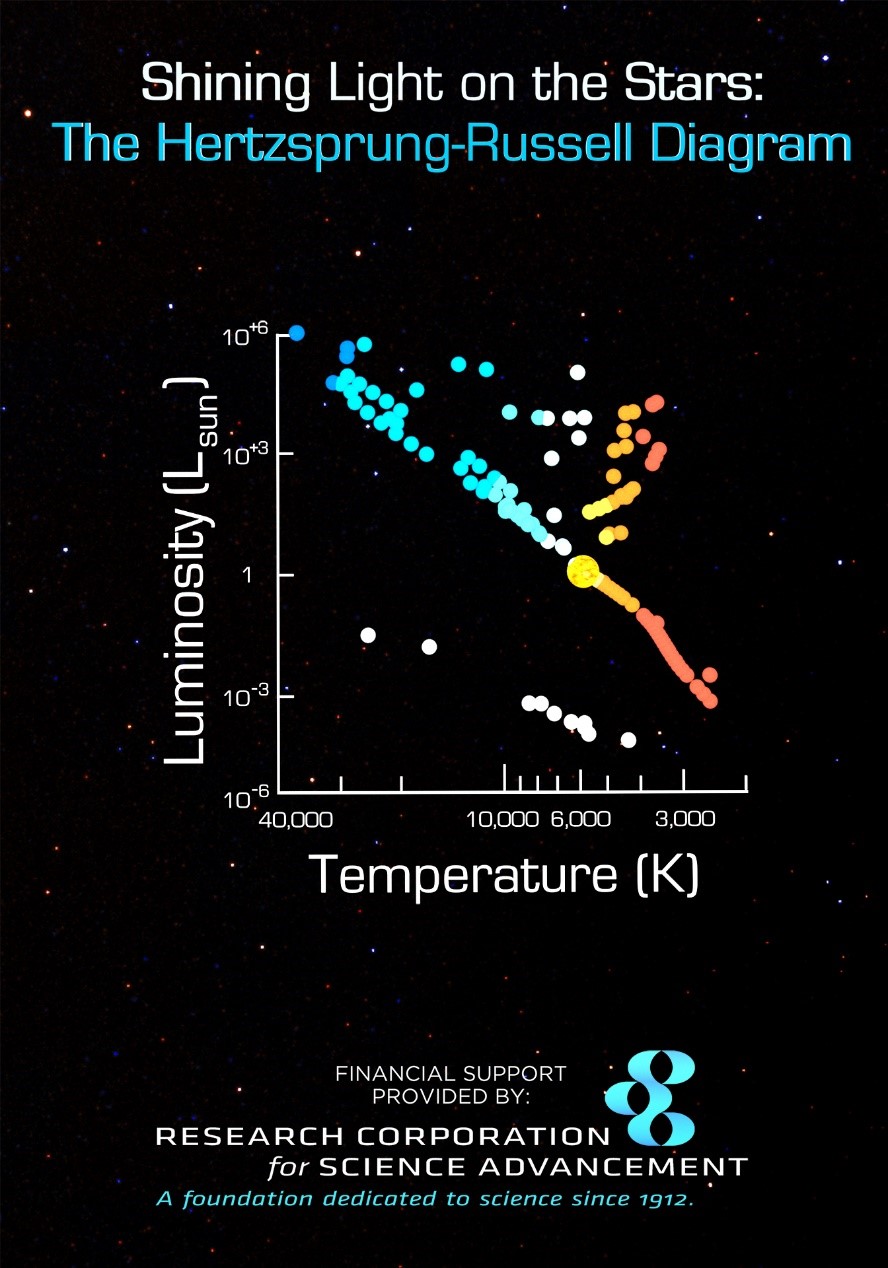
Description:
This program thoroughly covers the Hertzsprung-Russell diagram. From the history of its creation to the practical use it has for astronomers today. It begins with an in-depth look at the brightest stars we see from Earth, and then it takes the viewer on a fly-through of the exact locations of the closest stars to the Sun - using the HR diagram along the way.
Sky Quest
Age Group: 3rd to 8th grade
Duration:
25 minutes
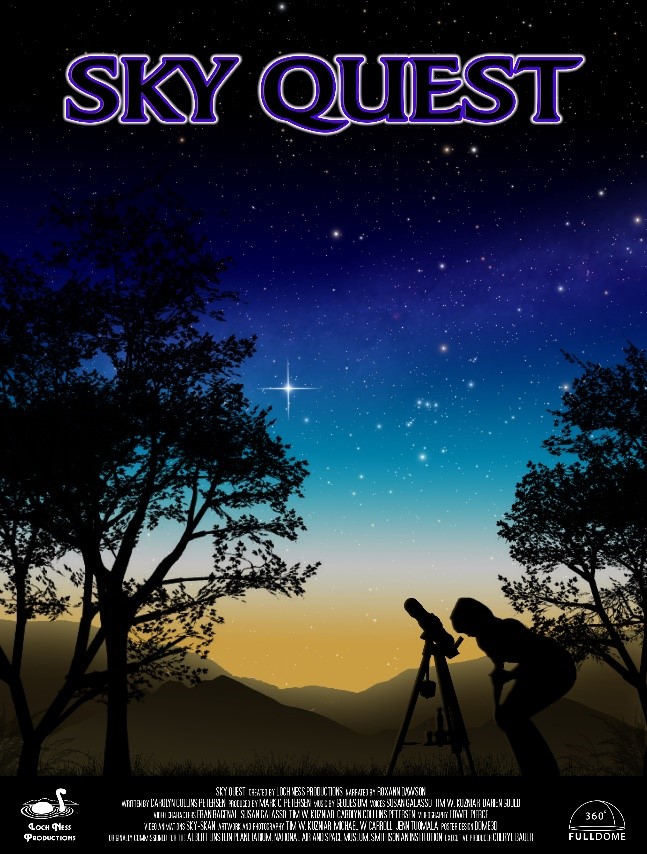
Description:
Come along with a young woman on her personal quest to find a special place in the night sky, from her childhood adventures on Mars (via a cardboard rocket), to the discovery of her "birthday star" that led her to become an astronomer and build a mountain observatory to further her lifelong fascination with the heavens. She shares her telescope views of the Moon, Mars, Jupiter and Saturn with us; points out stars and constellations; and encourages everyone to make the time to look up, even if stargazing in urban areas with light pollution.
Sky Quest is an entertaining and educational exploration of the night sky that appeals to family members of all ages. Grade-school children may identify most with the main character depicted as an 8-year-old "astronaut" in the 5-minute live-action video shown before the rest of the planetarium projectors are introduced.
Sky Wars: Battles of Discovery
Age Group: 5th grade and up
Duration:
23 minutes
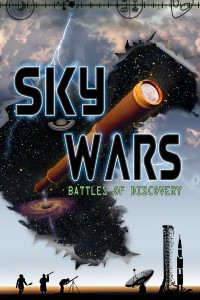
Description:
Explore epic battles of change in the sky above us! Follow the struggles as new discoveries alter our view of Earth and its place in the universe. Witness the connections, and conflicts, between astronomy and astrology. See how the Earth went from a flat place to a round world. From a static, motionless home to a spinning, orbiting planet! And lastly, voyage into the galaxy to glimpse how future discoveries might start new battles about the sky above!
Space Aliens: Looking for Life in the Universe
Age Group: 6th grade and up
Duration:
29 minutes
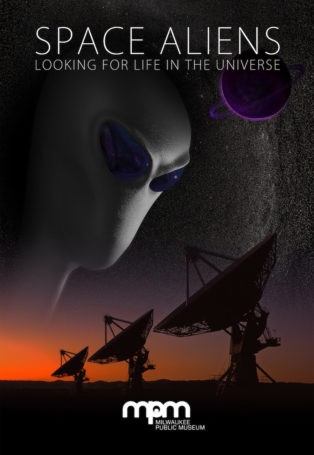
Description:
From ancient philosophers to modern-day scientists scouring the sky for exoplanets, humans have always wondered who else might be “out there.” In Space Aliens we’ll embark upon an inter-galactic journey in attempt to answer the ultimate question of the universe: Are we alone? Join our alien “experts”–Hopeful and Skeptical–as they try to convince each other whether or not life exists beyond the Earth. Follow their astrobiology arguments from the ocean floor to a journey across the galaxy.
Spooky Space
Age Group: All ages
Duration:
24 minutes
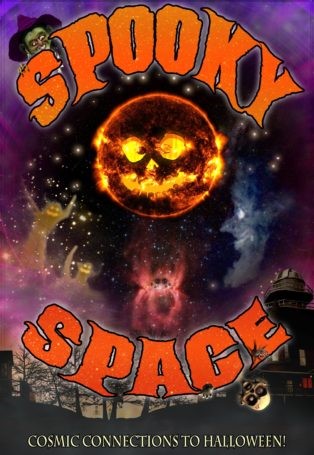
Description:
Looking for cosmic fun this Halloween season? Would you like to meet the stars -- the stars of Halloween? Monsters, zombies, and ghosts -- and their far more terrible counterparts in space? Oh yes, space has its monsters: Black holes, zombie stars, and spectacular ghostly nebulae!
Star Of Wonder
Age Group: Family
Duration:
35 minutes
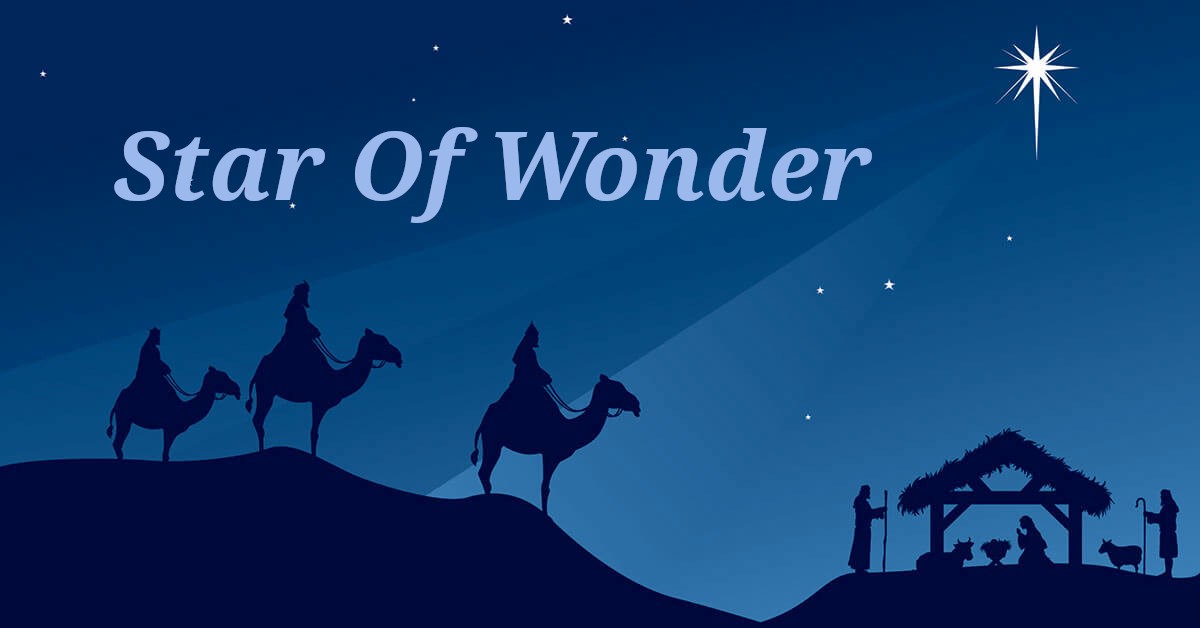
Description:
What was the Star of Bethlehem? Was the “star” a planet or maybe a supernova? Is there a scientific explanation for the “star?” In this program, the steps of the Magi are retraced in their 600-mile search for the Star of Bethlehem. Educational and entertaining, “Star of Wonder” uses scientific data, religious history, beautiful imagery, and traditional music to explore the mystery that has puzzled astronomers and theologians for centuries. This production offers several possible explanations for the famous star-like object that, according to historical records, led the wise men and shepherds to the place of Christ’s birth. Was the Star of Bethlehem a planet, a comet, a meteor, a supernova? Or was it simply an unexplainable phenomenon? This show also explores how astronomers use historical records and scientific calculations to determine the time of Christ’s birth, and shows how planets move and meet with stars and how calendars have changed through the ages.
Sunset Meditation Planetarium Show
Age Group: 4th grade and up
Duration:
23 minutes
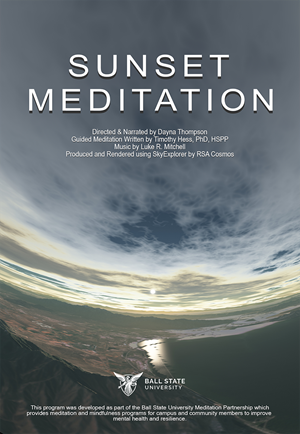
Description:
Did you know that more people are seeking mental-health help now? This full-length, fulldome planetarium program called “Sunset Meditation” will help you relax and de-stress. During the program, you will enjoy a unique guided meditation experience. View an amazing sunset as you travel from the Grand Canyon to the North Pole. Then relax under a simulated night sky filled with stars and glimpses of the Northern Lights. Meditation is a powerful tool for maintaining psychological health and resilience. Since the planetarium offers a dark and quiet space for relaxation, it is the perfect place for meditation.
Sunstruck
Age Group: 10 years and up
Duration:
21 minutes
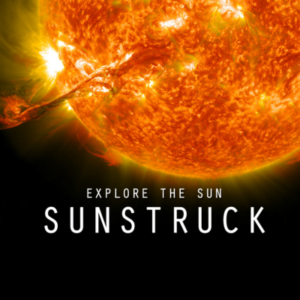
Description:
A new, full dome planetarium experience from the Michigan Science Center. Discover the wonders of our sun. Its incredible energy has supported life on earth for millennia, but is now threatening our technology and way of life. Travel to the distant future to discover our sun’s connection to the universe’s cosmic cycle of life and death.
The Cowboy Astronomer
Age Group: 3rd - 8th grade
Duration:
37 minutes
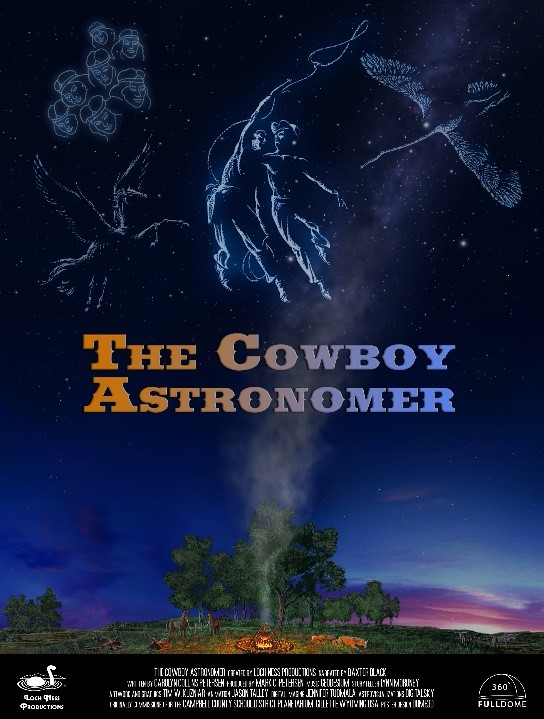
Description:
 A skillfully woven tapestry of star tales and Native American legends, combined with constellation identification, star-hopping, and astronomy tidbits — all told from the unique viewpoint of a cowboy astronomer who has traveled the world plying his trade and learning the sky along the way. Explore the stars from a cowboy's point of view! Narrated by cowboy poet and humorist Baxter Black.
A skillfully woven tapestry of star tales and Native American legends, combined with constellation identification, star-hopping, and astronomy tidbits — all told from the unique viewpoint of a cowboy astronomer who has traveled the world plying his trade and learning the sky along the way. Explore the stars from a cowboy's point of view! Narrated by cowboy poet and humorist Baxter Black.
Dark Matter Mystery
Age Group: 10 years and up
Duration:
50 minutes
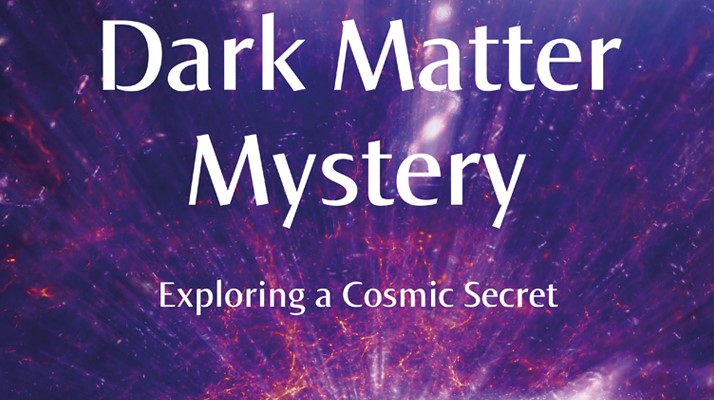
Description:
What are the building blocks of our universe? We've been trying to answer this question since time memorial - however we still haven't found the ultimate answer. Approximately a quarter of the universe consists of mysterious dark matter. We know: It is there, however, we don't know what it is made up of. This planetarium show takes you on astrophysics' biggest quest. You'll see, why we know that there must be dark matter at all. Join the scientists on their observations, out in space, as well as deep under ground. Will they be able to reveal dark matter's mystery? Find out for yourself.
The First Stargazers
Age Group: 6th Grade and up
Duration:
24 minutes
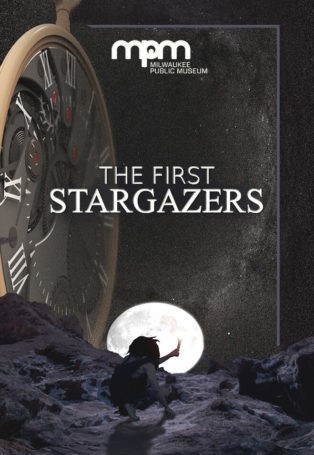
Description:
Journey back in time to explore how the first stargazers experience the sky above. Your guide is Nashira, a friendly time traveler who knows the amazing adventures for Earth’s first astronomers. Witness the very first stargazer making a Moon calendar out of animal bone 30,000 years ago. Discover the ancient pyramids of Giza and their alignment to the skies. See stunning digital re-creations of the Parthenon, Alexandria Library, Stonehenge and Abu Simbel Temple and be inspired by the first stargazers who laid down the foundations of modern-day astronomy.
The Hot and Energetic Universe
Age Group: 10 years and up
Duration:
30 minutes
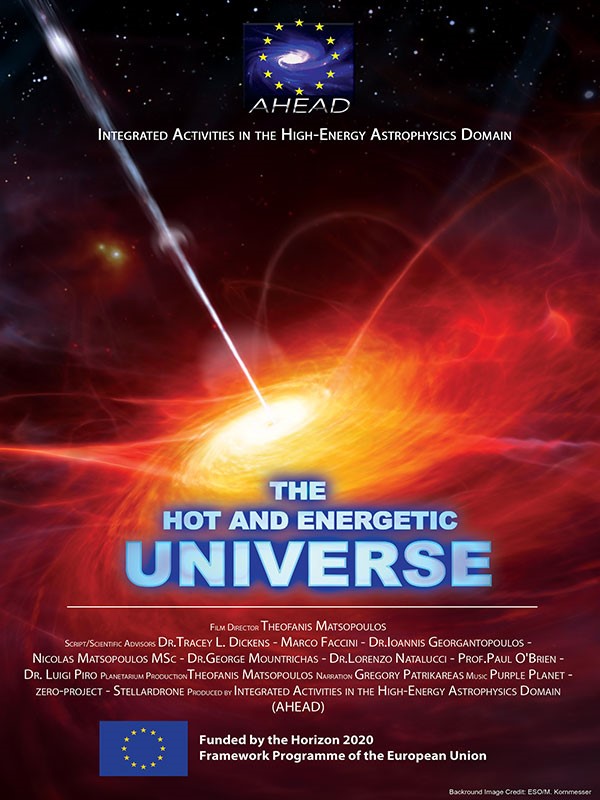
Description:
This show presents the achievements of the modern astronomy, the most advanced terrestrial and orbital observatories, the basic principles electromagnetic radiation and the natural phenomena related to the High Energy Astrophysics. High Energy Astrophysics plays a key role in understanding the universe. These radiations reveal the processes in the hot and violent universe. High Energy Astrophysics probes hot gas in clusters of galaxies, which are the most massive objects in the universe. It also probes hot gas accreting around supermassive black holes in the centers of galaxies. Finally, high energy radiation provides important information about our own galaxy, neutron stars, supernova remnants and stars like our Sun which emit copious amounts of high energy radiation. Europe plays a leading role in high energy astrophysics research. The XMM-Newton and the Integral missions, are leading the exploration of the X-ray and gamma-ray universe. ESA‘s mission ATHENA, to be launched in 2028, will carry the most sensitive X-ray telescope ever and it will be the flagship of all high X-ray missions. The producer of the documentary is the “Integrated Activities in the High-Energy Astrophysics Domain” (AHEAD). AHEAD is a project funded by the European Commission in the framework of Horizon2020 (Access to large scale facilities). It is led by IAPS/INAF in Rome and involves most Universities and Research institutes which are involved in High Energy Astrophysics in Europe. The project aims to combine the efforts of all these Institutes in the analysis of X-ray data and facilitate the access to infrastructures distributed across Europe.
The Little Star That Could
Age Group: K-4th grade
Duration:
35 minutes
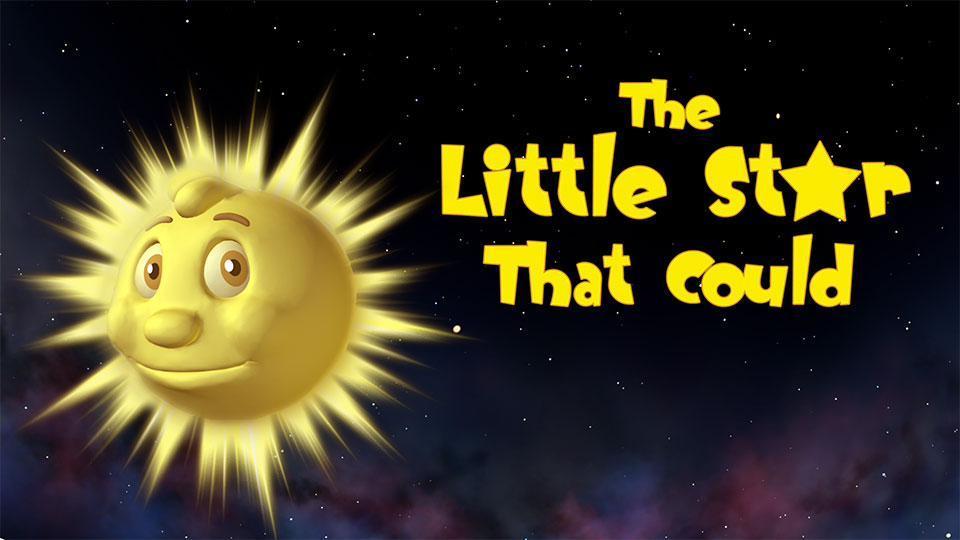
Description:
"The Little Star That Could" has been reproduced for digital fulldome projection with new computer graphic animation. This popular and well-loved story which has been shown at the SMSU planetarium for 20 years has been updated with accurate astronomical information. Have no fear; the story basically remains the same with all of your favorite stars! For those of you who are not familiar with the show, "The Little Star That Could" is a story about Little Star, an average yellow star in search for planets of his own to protect and warm. Along the way, he meets other stars, learns what makes each star special, and discovers that stars combine to form star clusters and galaxies. Eventually, Little Star finds his planets. Each planet is introduced to your audiences with basic information about our Solar System. K-2 Teacher Activity Guide 3-6 Teacher Activity Guide
The Solar System Show
Age Group: 3rd grade and up
Duration:
23 minutes
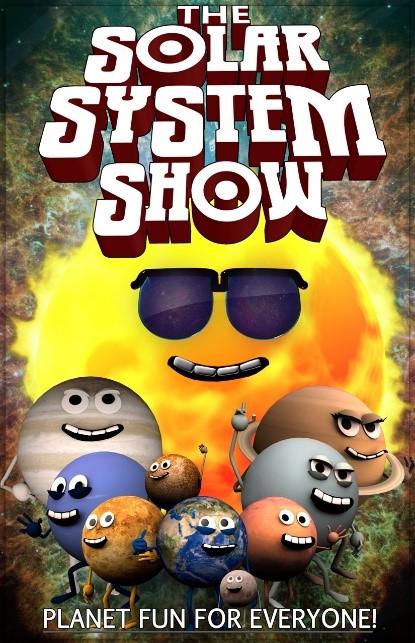
Description:
Looking to explore way-out worlds? The blistering Sun? Mysterious moons? Crazy comets and amazing asteroids? Then join our gang of smart, wacky reporters and rambunctious planets in the Planetarium Channel’s new extravaganza, The Solar System Show! We promise planet fun for.
The Stargazer
Age Group: 4th grade to adult
Duration:
42 minutes
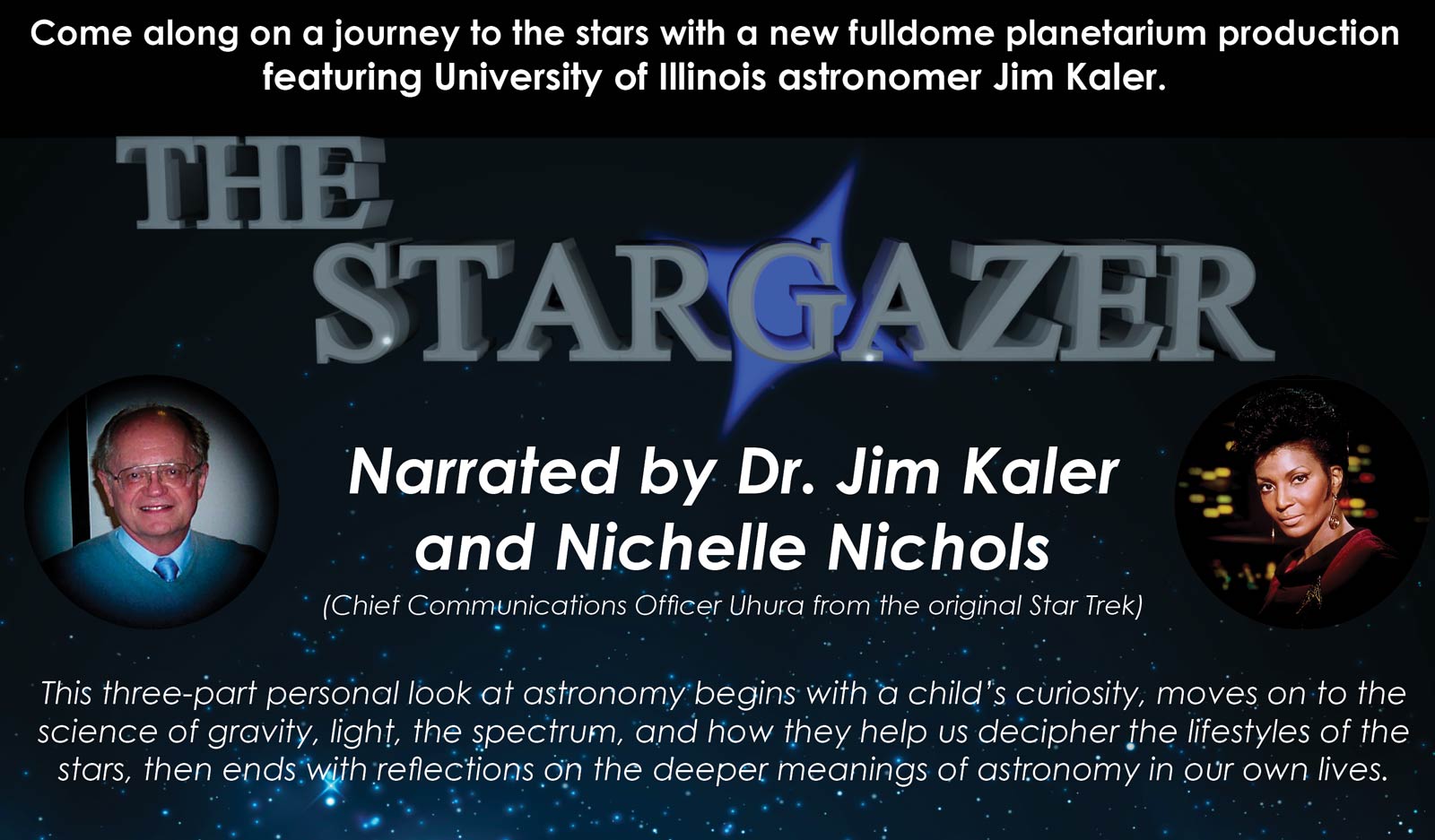
Description:
Come along on a journey to the stars with University of Illinois astronomer Jim Kaler in a brand new planetarium production. Nichelle Nichols (Chief Communications Officer Uhura from the original Star Trek) and Dr. Kaler narrate this three-part personal look at astronomy. The show begins with a child's curiosity, moves on to the science of gravity, light, the spectrum, and how they help us decipher the lifestyles of the stars, then ends with reflections on the deeper meanings of astronomy in our own lives.
The Sun, Our Living Star
Age Group: General Audience, 10 years and up
Duration:
25 minutes
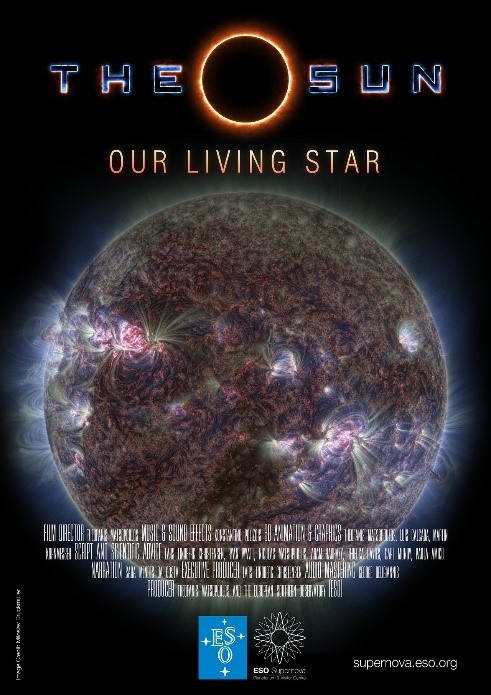
Description:
The Sun, Our Living Star tells the story of our nearest star — our planet’s powerhouse, the source of energy that drives Earth’s winds and weather, and the ball of light that allows the very existence of life. The Sun, Our Living Star reveals the impact our star has on every aspect of our lives here on Earth. Explore the Sun’s role in allowing and maintaining life, from photosynthesis to humanity. Discover how the Sun dictates our days, seasons and years. Delve into the history of the Sun’s impact on human religion and culture. Learn about the Sun’s dynamic nature — what appears as a flat disk in the sky is in fact a violent and evolving celestial body, burning 600 million tons of hydrogen every second. The Sun, Our Living Star allows viewers to experience the Sun in a new way, with never-before-seen images of its turbulent surface in immersive fulldome format, revealing its power and variability in breathtaking detail.
The Voyager Encounters
Age Group: 5th grade to adult
Duration:
43 minutes
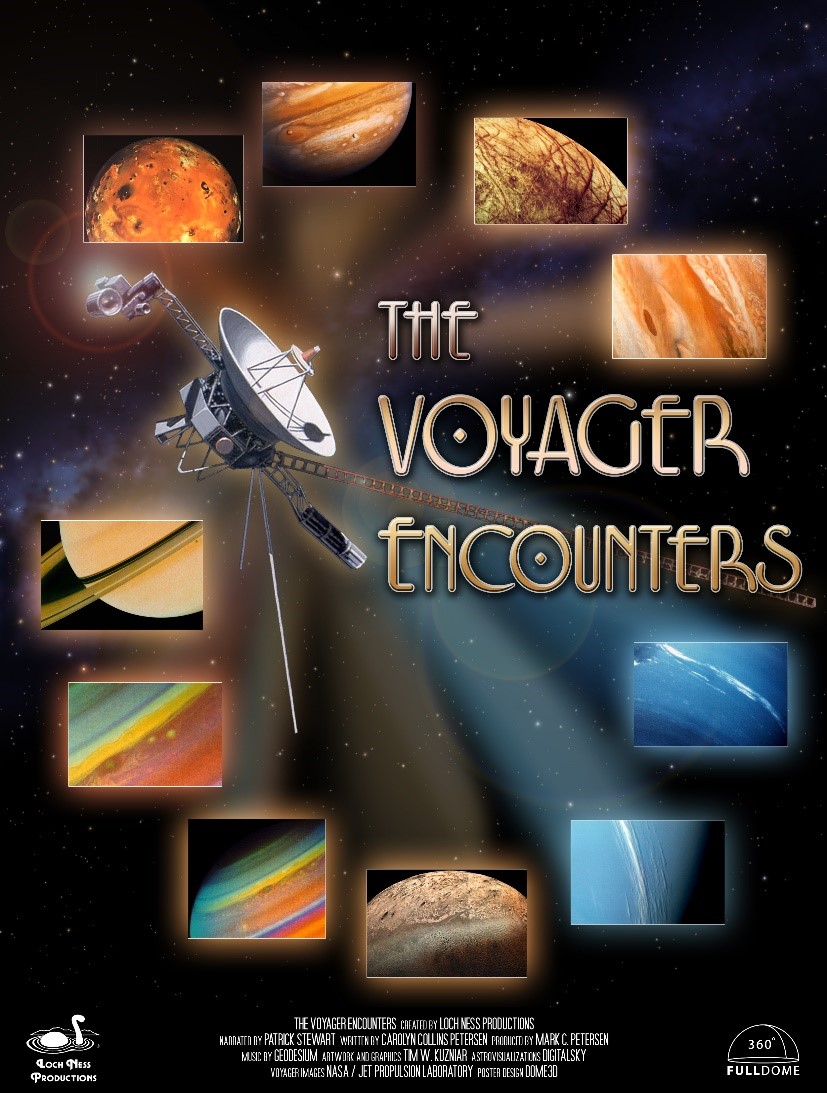
Description:
This is the definitive summary, recapping all of Voyager's encounters with Jupiter, Saturn, Uranus and Neptune in one convenient, thorough documentary. The show discusses the functions of Voyager's instrument packages; the highlights of each flyby; and compares and contrasts each of the planets atmospheres and magnetic fields, their moons and ring systems. LEGACY SHOW
'Tis The Season
Age Group: Family
Duration:
36 minutes
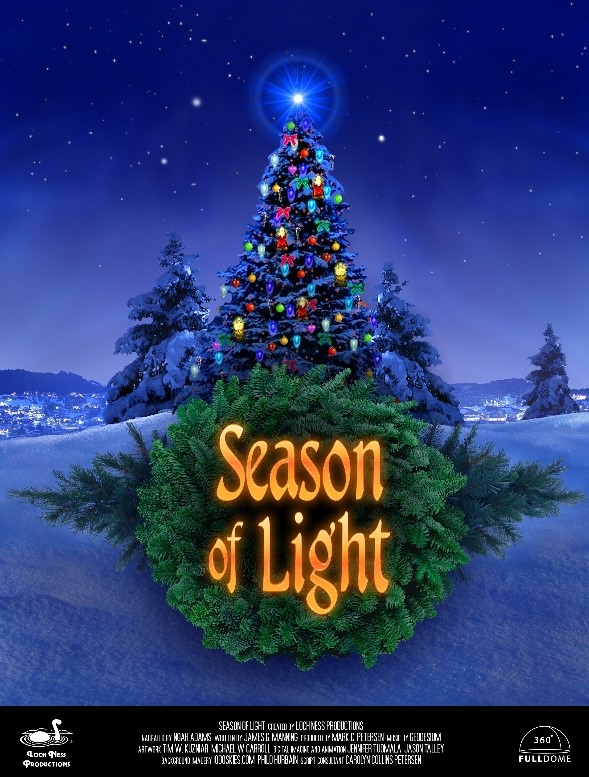
Description:
'Tis The Season recounts the historical religious and cultural rituals practiced during the time of winter solstice -- Christian, Jewish, Celtic, Pagan, Nordic, Roman, Egyptian and Hopi traditions are looked at. It also takes a look at some of our more light-hearted seasonal traditions: from gift-giving and kissing under the mistletoe to songs about lords a-leaping and ladies dancing; and the custom of decking the halls with greenery and candles. St. Nicholas, Sinterklaas, Kris Kringle, Father Christmas, and Santa Claus all drop by as well. Naturally, there is some astronomy in 'Tis The Season. We catch a few Northern winter constellations, and we illustrate why we even have seasons -- demonstrating the Sun's path across the sky throughout the year, and the Earth's tilt and orbit around the Sun. And of course, we explore the possible astronomical explanations for a Star over Bethlehem -- comets, meteors, novae, supernovae, and planetary conjunctions.
Two Small Pieces of Glass
Age Group: 3rd grade to adult
Duration:
25 minutes
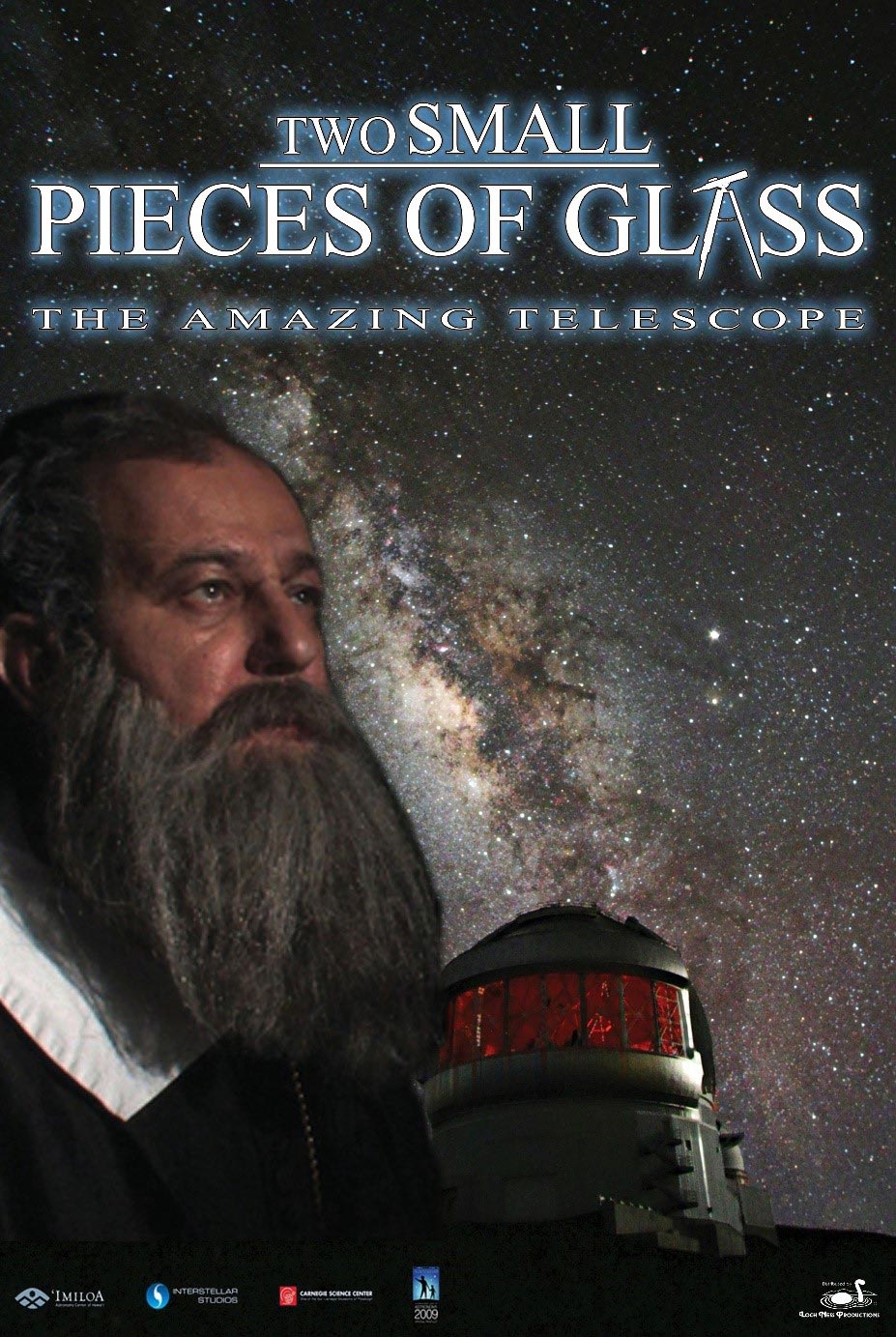
Description:
Join two students as they learn how the telescope has helped us understand our place in space and how telescopes continue to expand our understanding of the Universe. The students see how telescopes work and how the largest observatories in the world use these instruments to explore the mysteries of the universe. While looking through the telescope, the students, along with the planetarium audience, explore the Galilean Moons, Saturn’s rings, and spiral structure of the galaxies.
Voyage To Distant Worlds
Age Group: 4th grade and up
Duration:
38 minutes
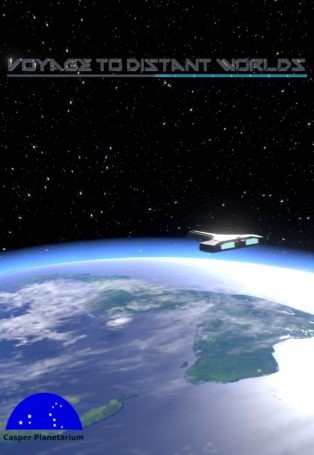
Description:
A tour of the objects in our solar system from the sun out to the Kuiper belt. This fulldome show includes the latest info from various observatories and robotic space probes.
Last Modified: 10/17/23 5:09 PM | Website Feedback


